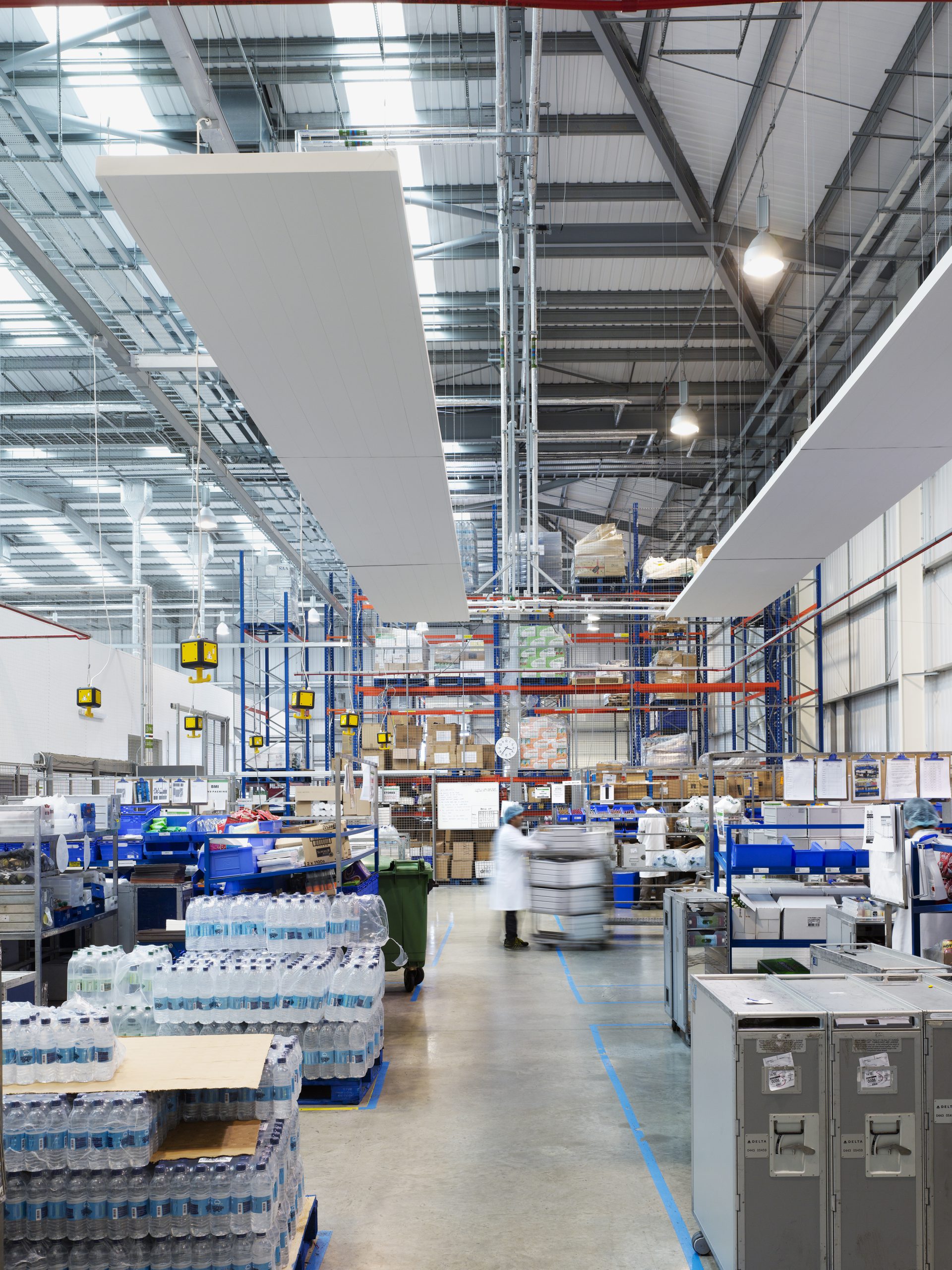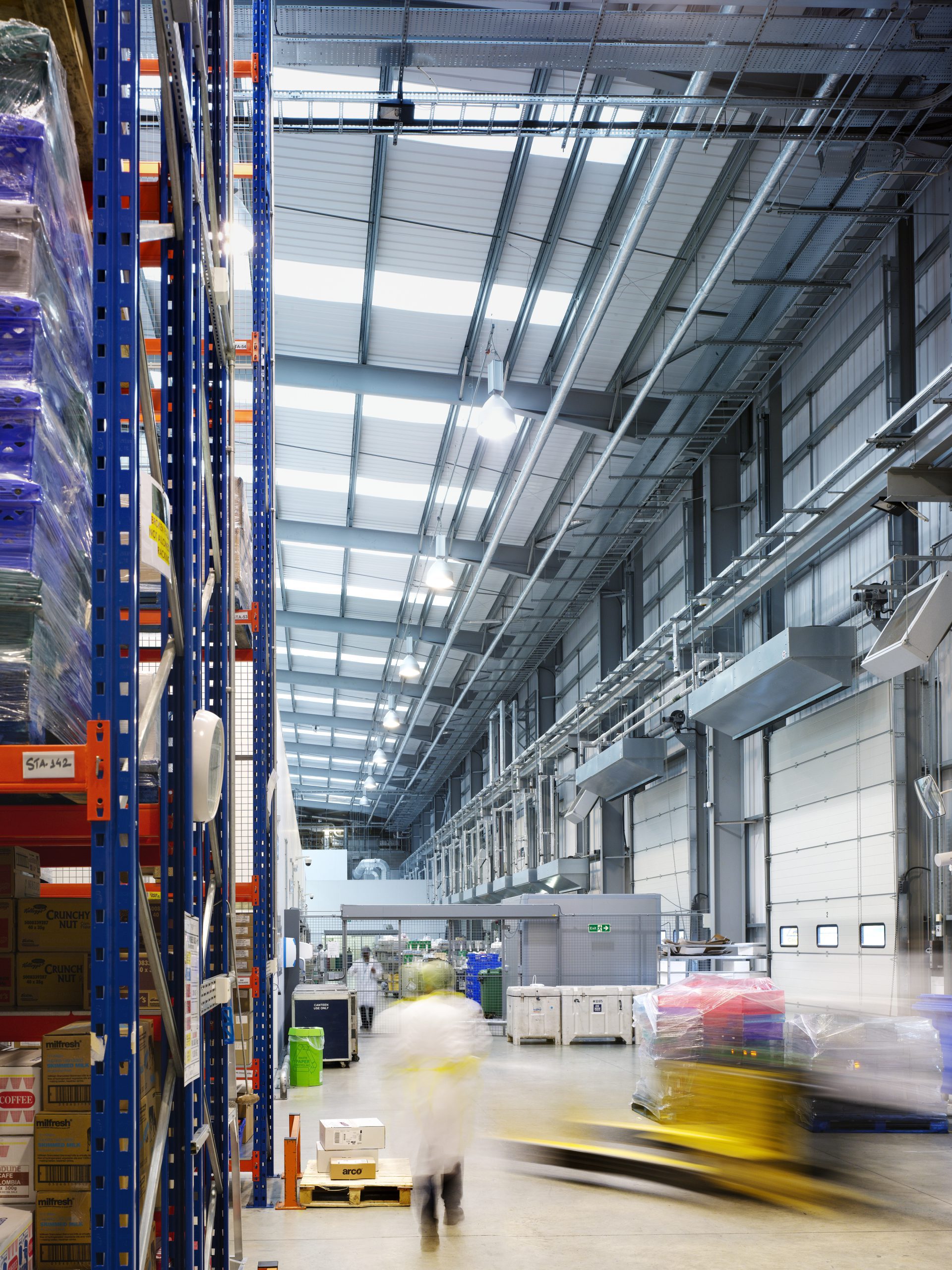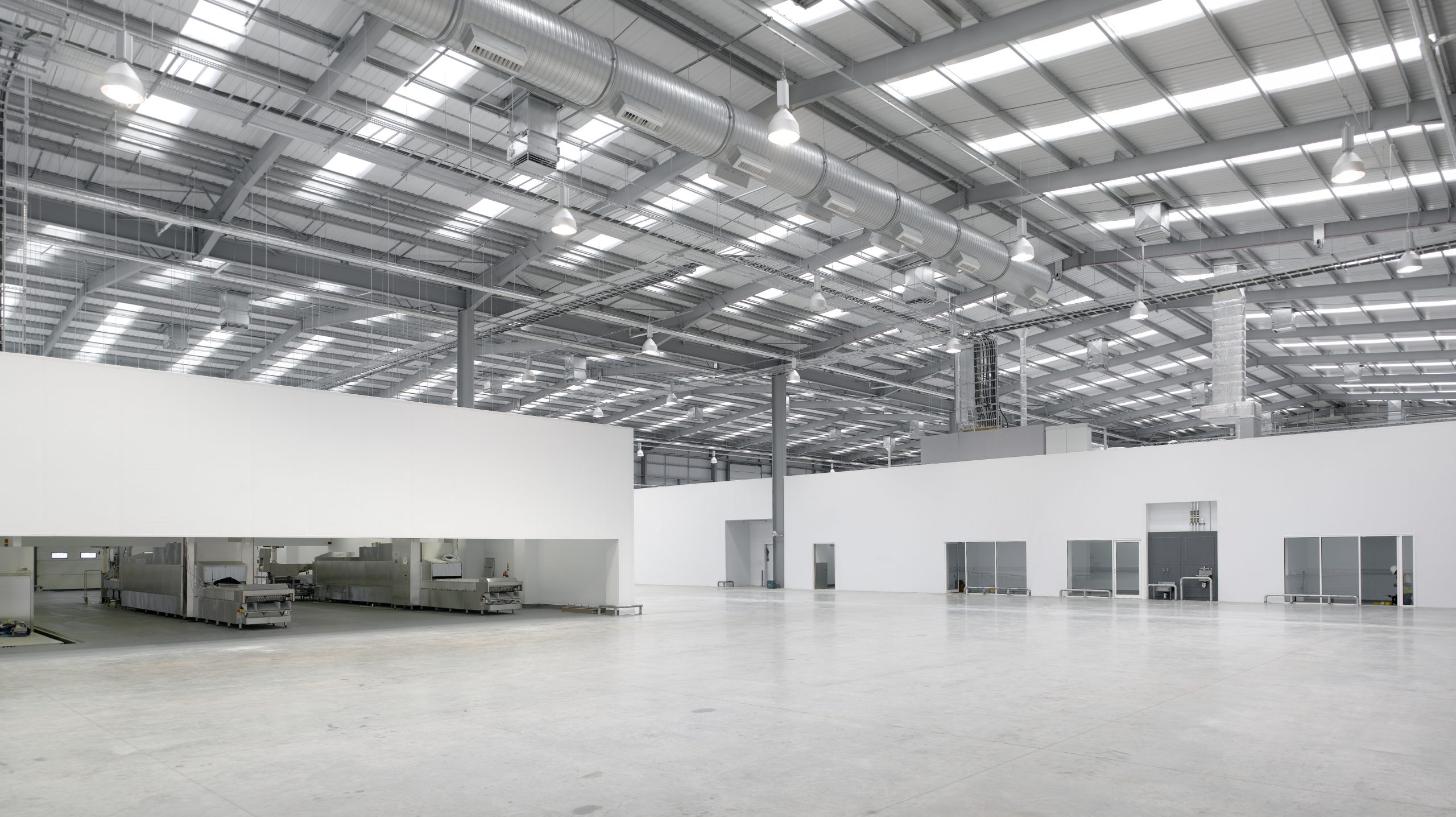Airline Catering Facility
UK
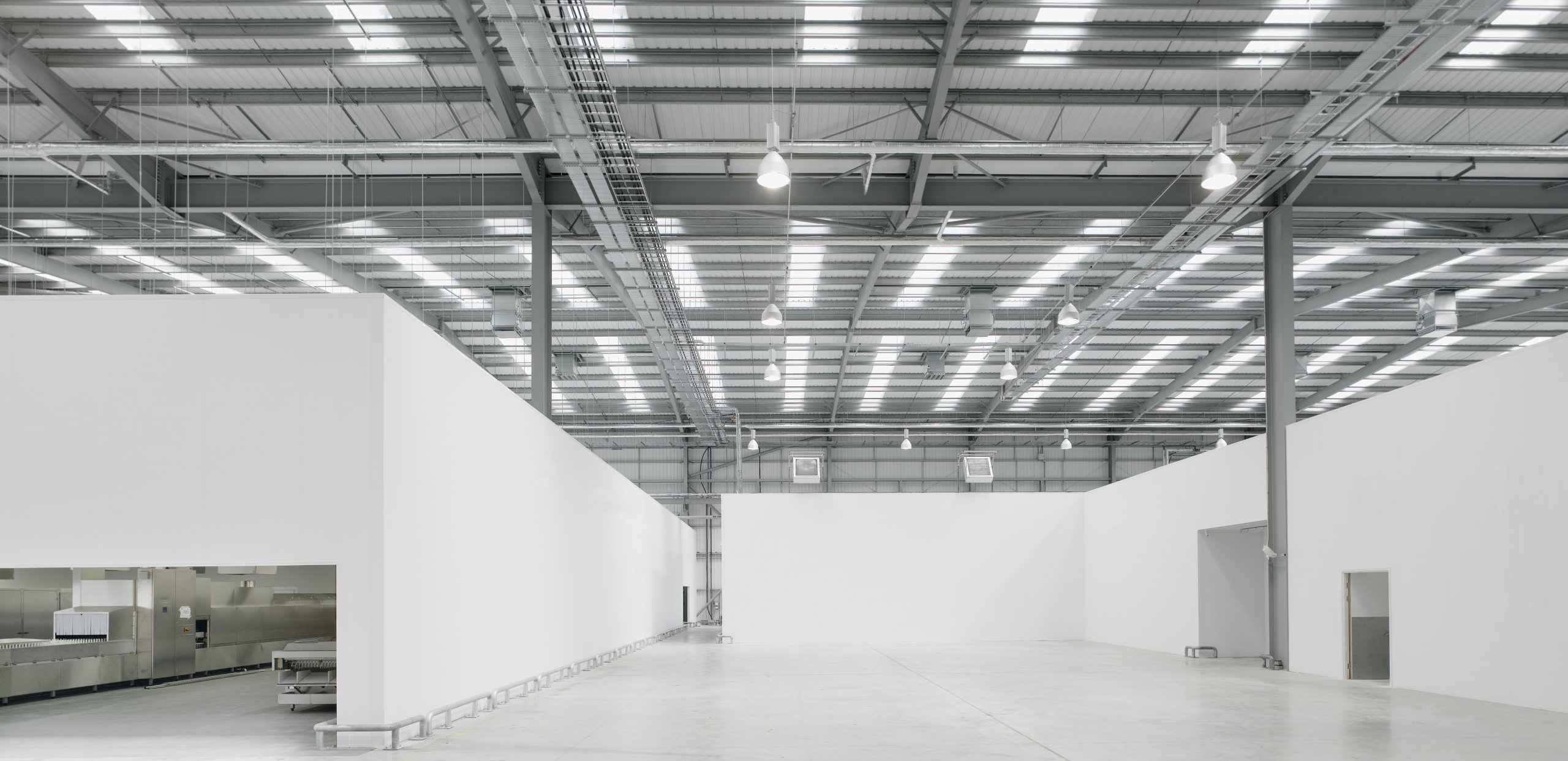
The new airline catering facility was designed following extensive optimisation exercises which sought to reduce the historic complexity of large catering facilities.
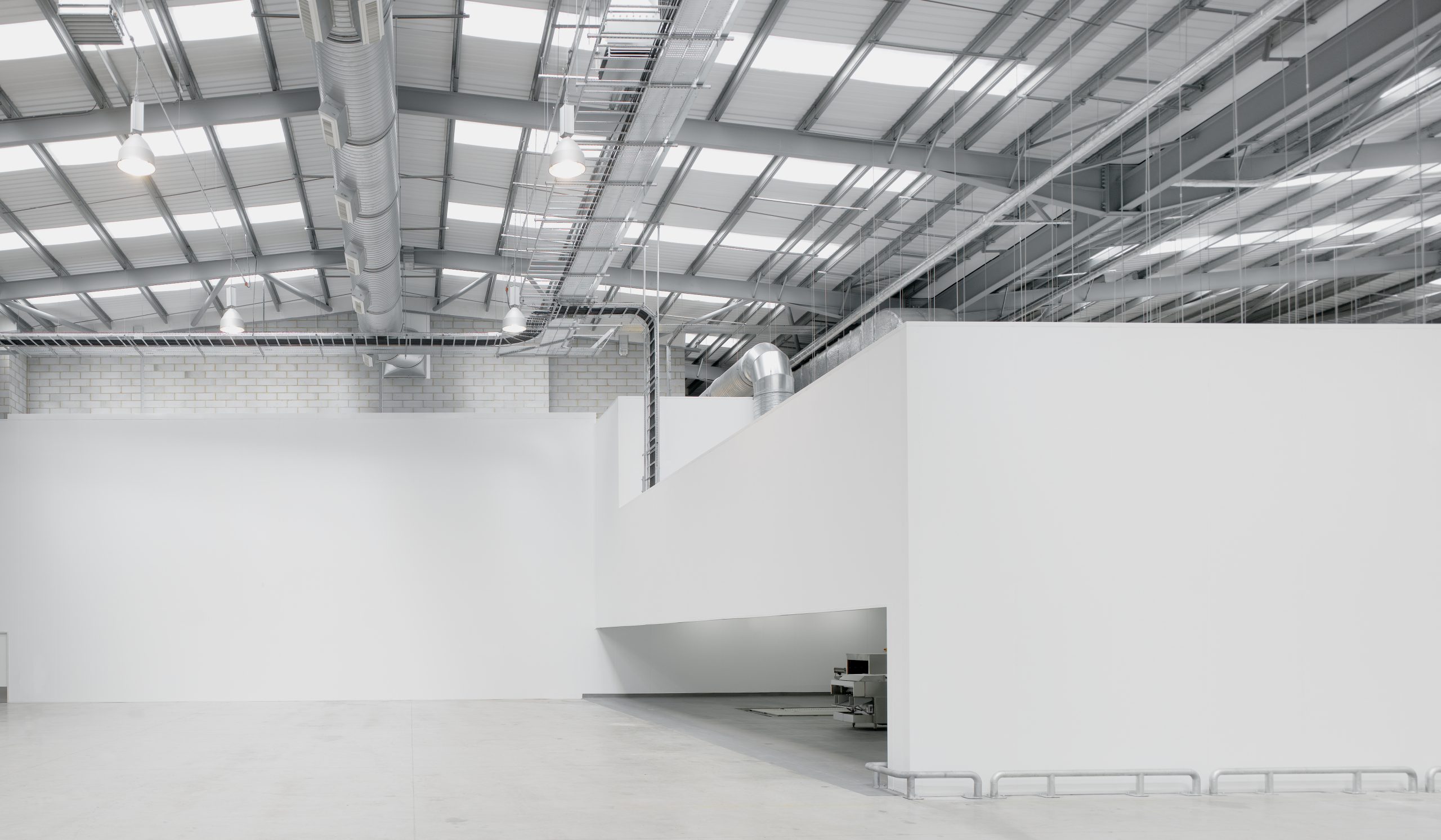
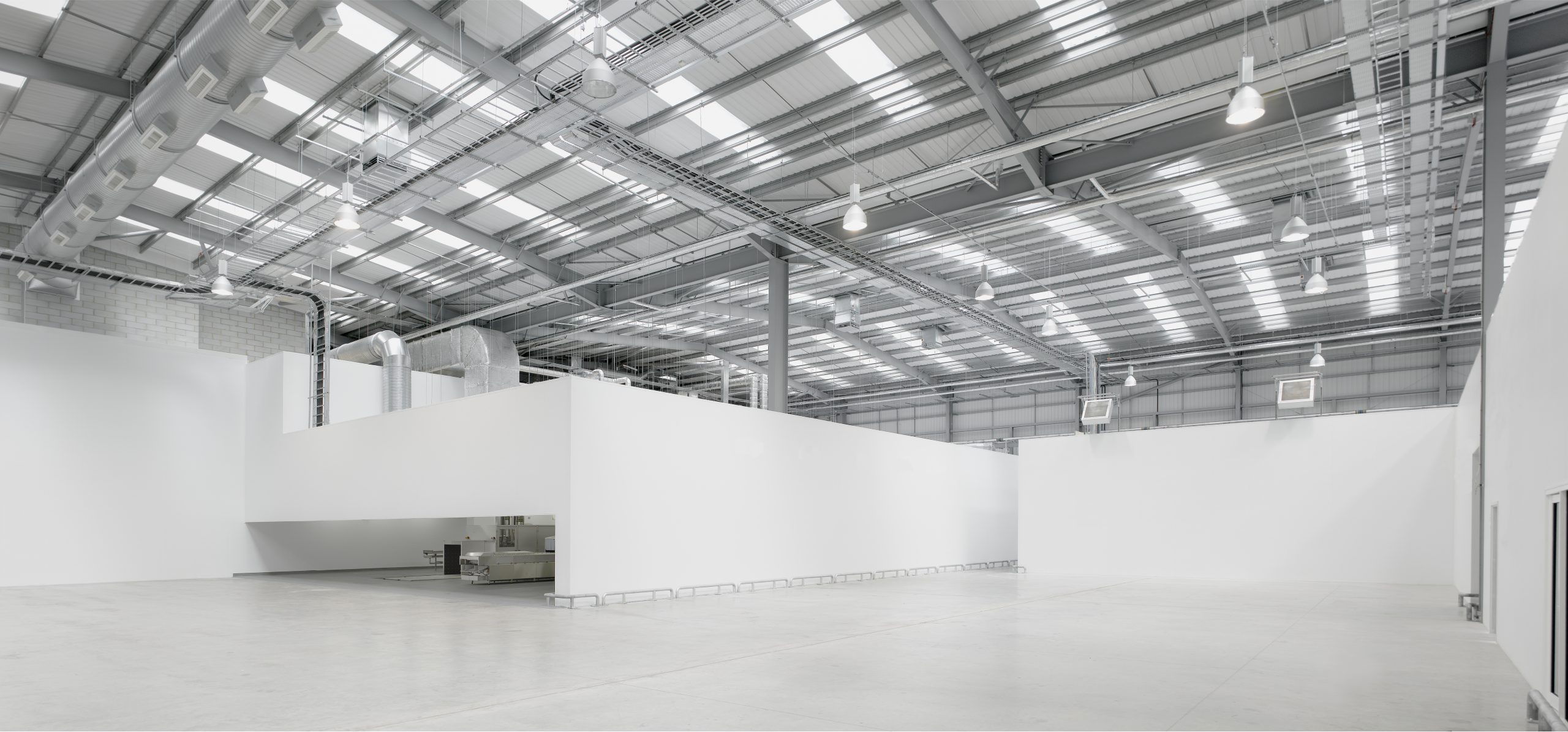
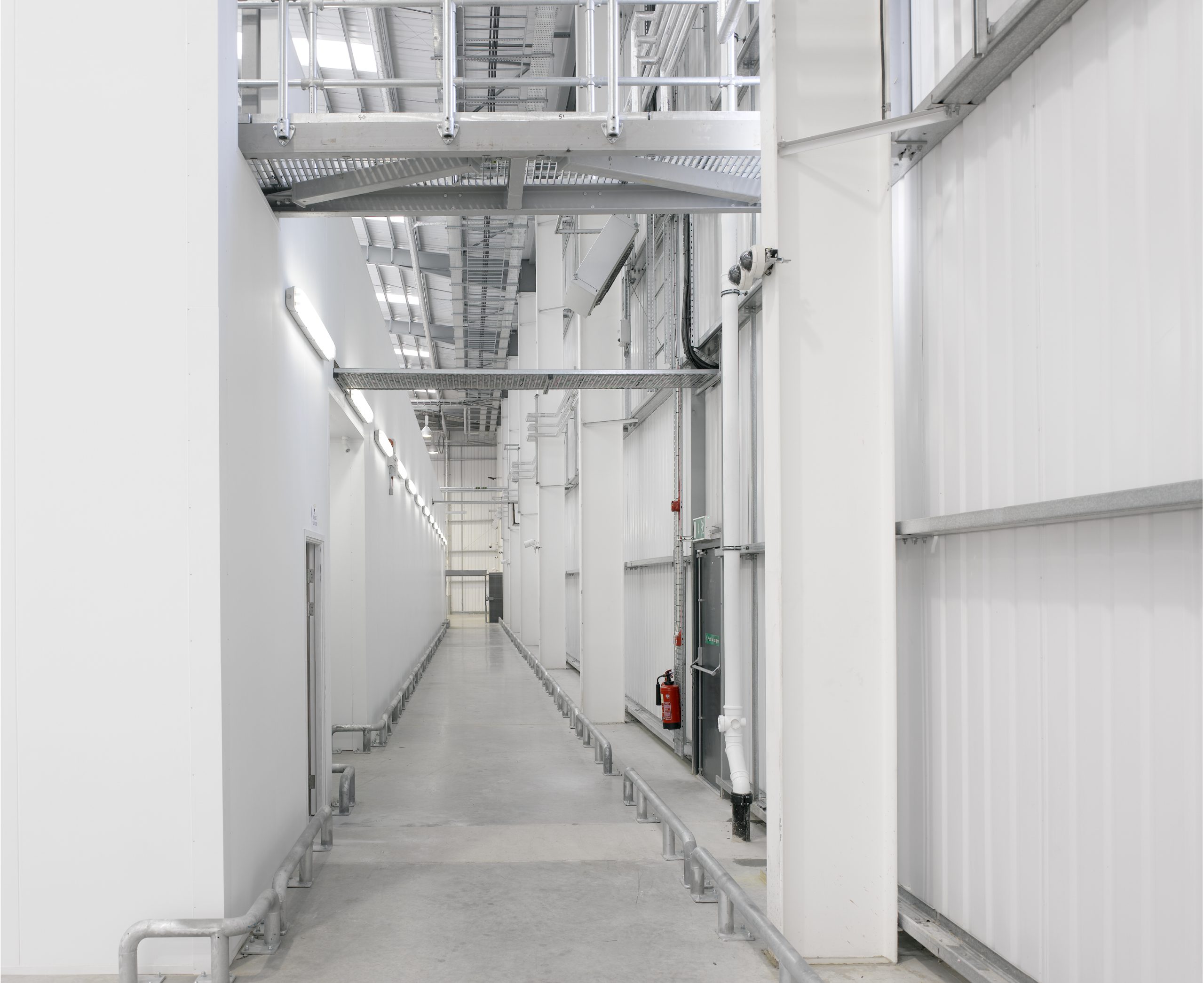
The process flow was analysed and the requirement reassessed from first principles, omitting everything which appeared to be superfluous and ironing out any bottlenecks in the system to make the process more efficient ergonomically.
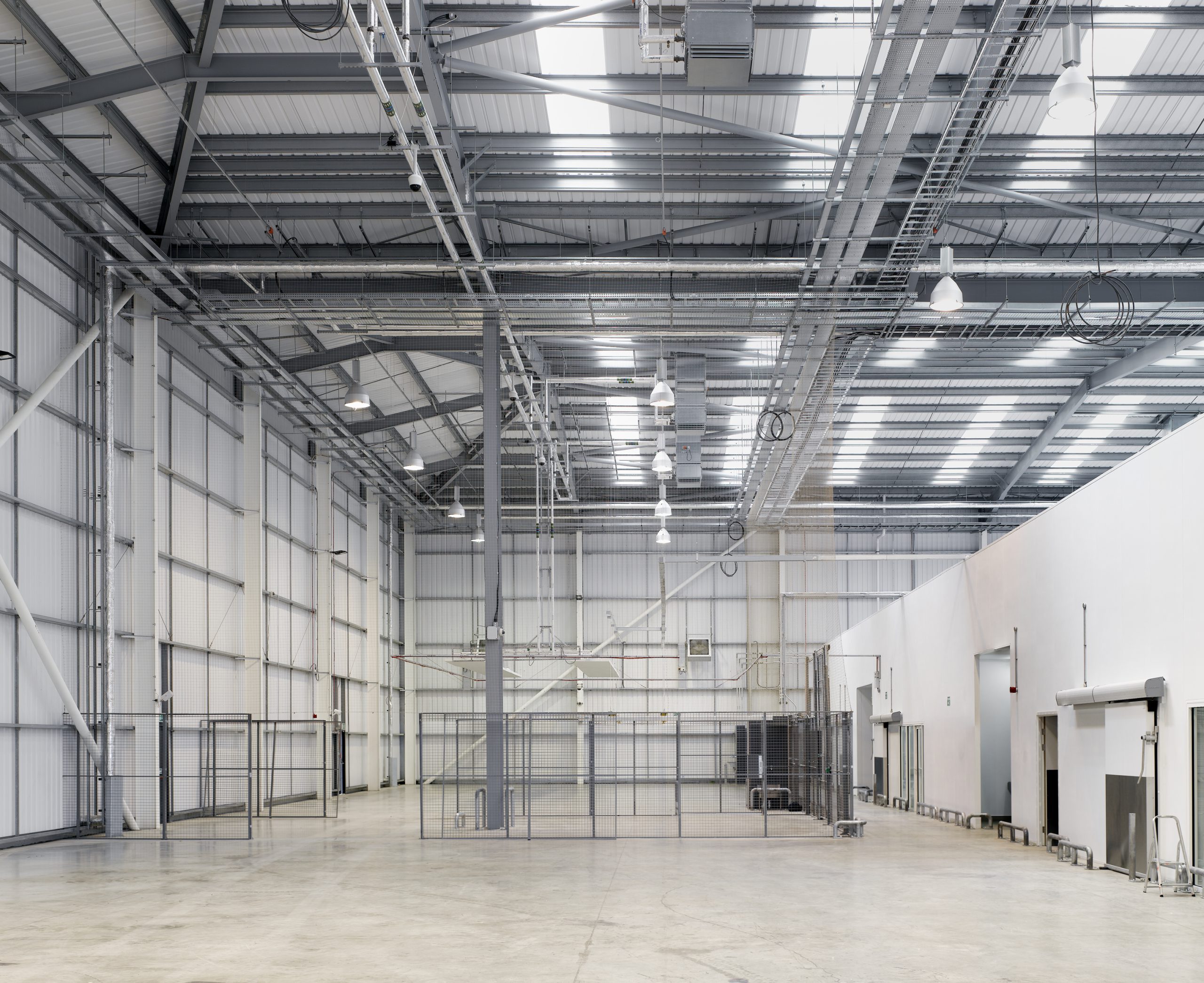
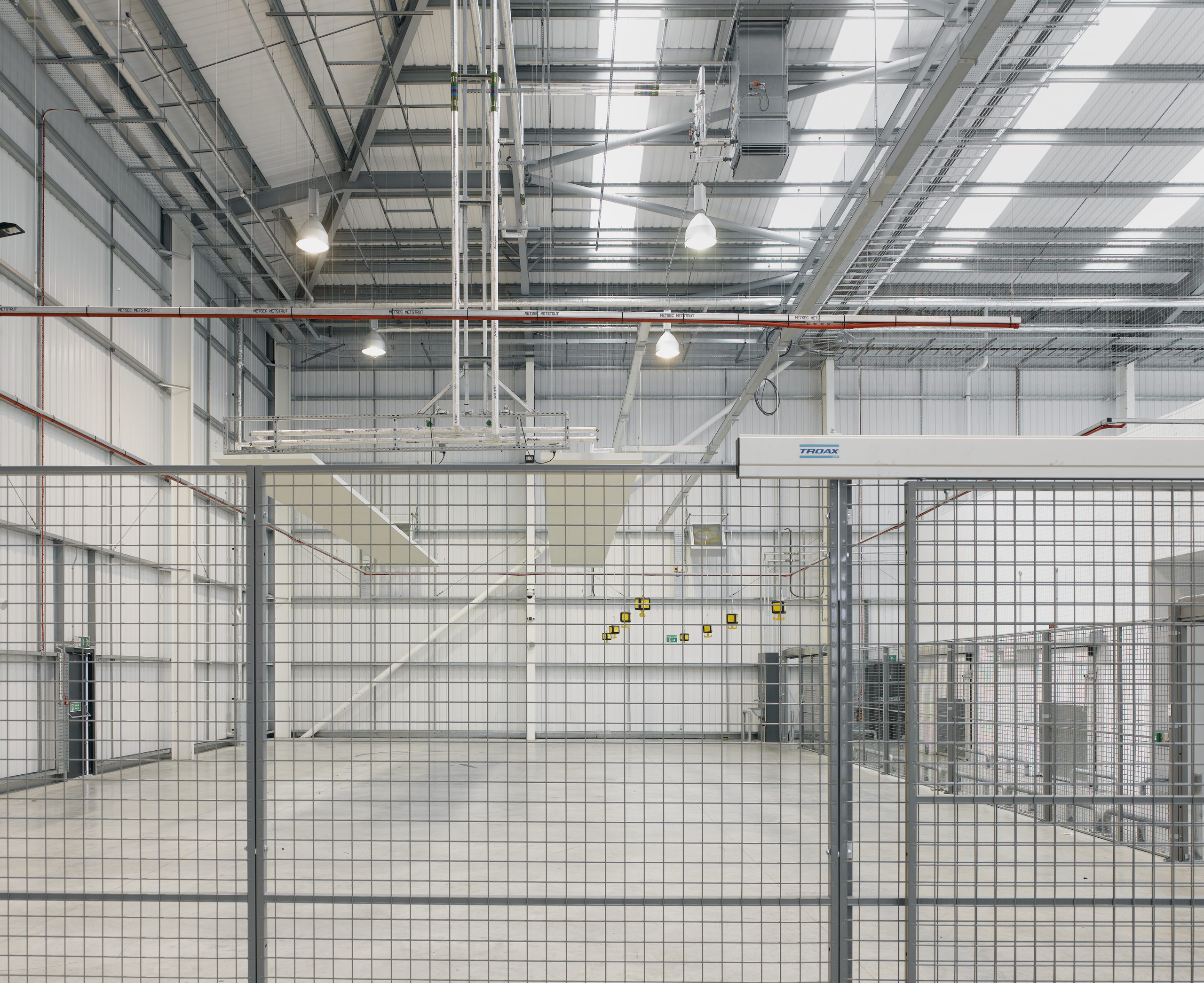
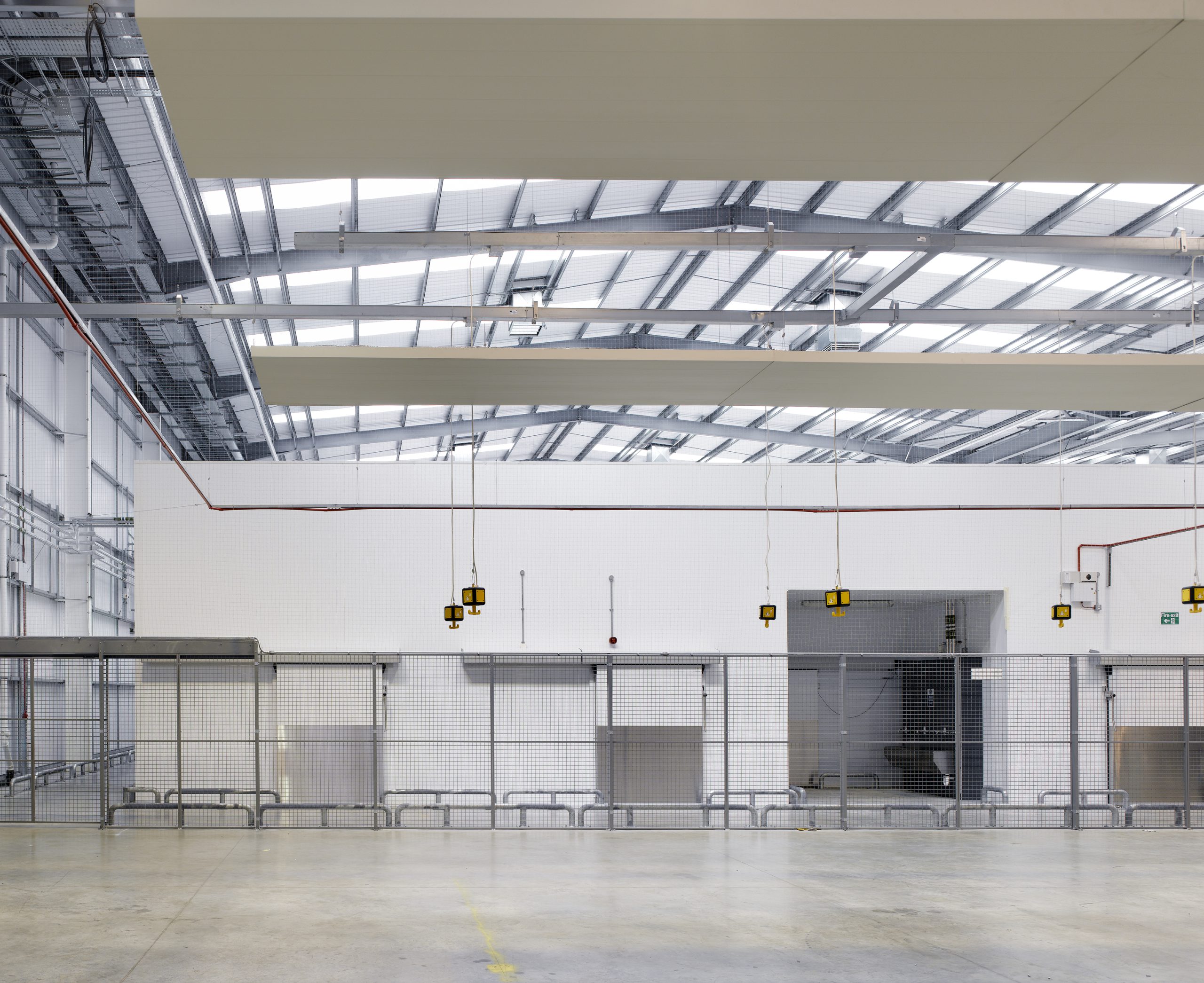
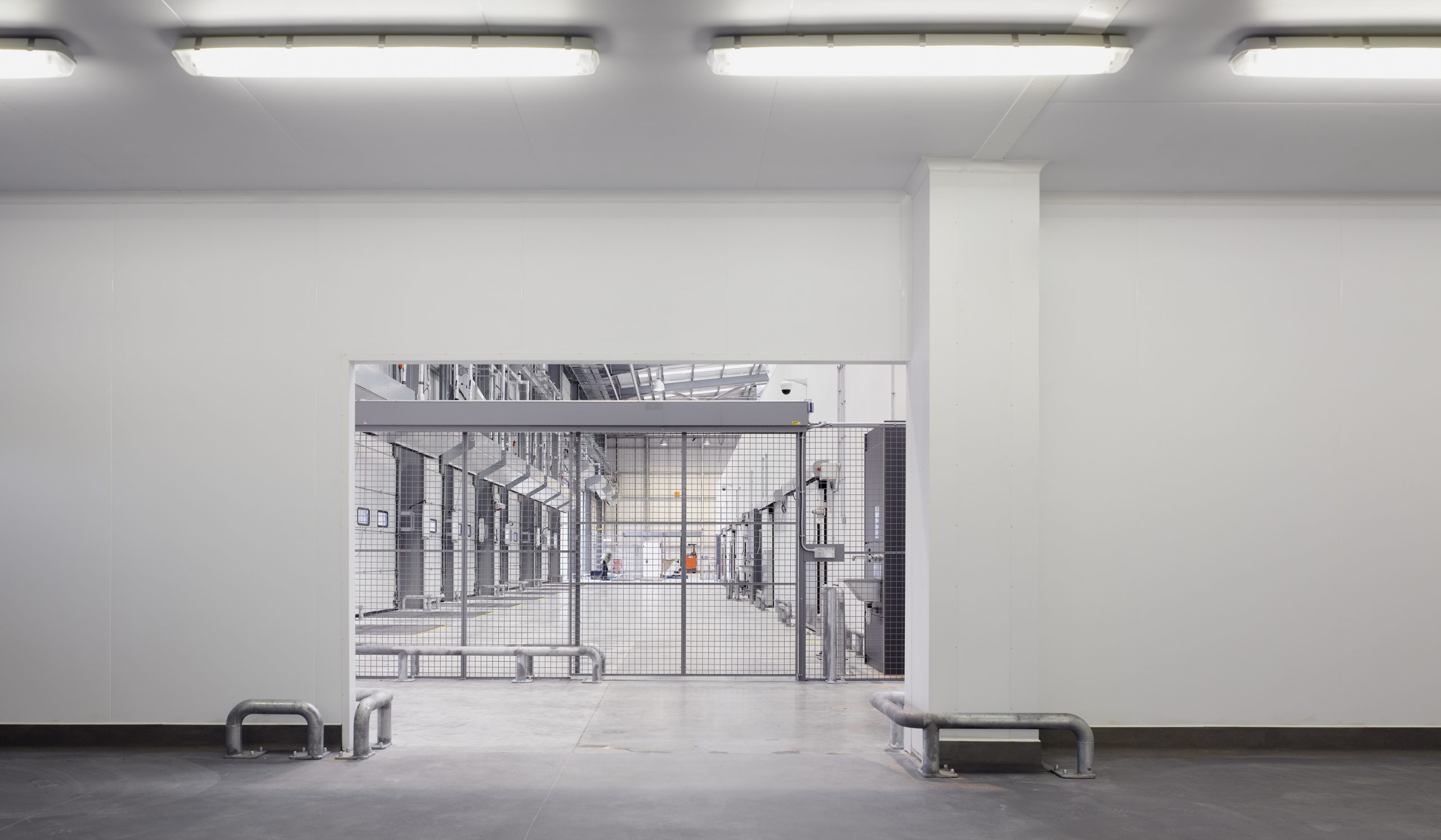
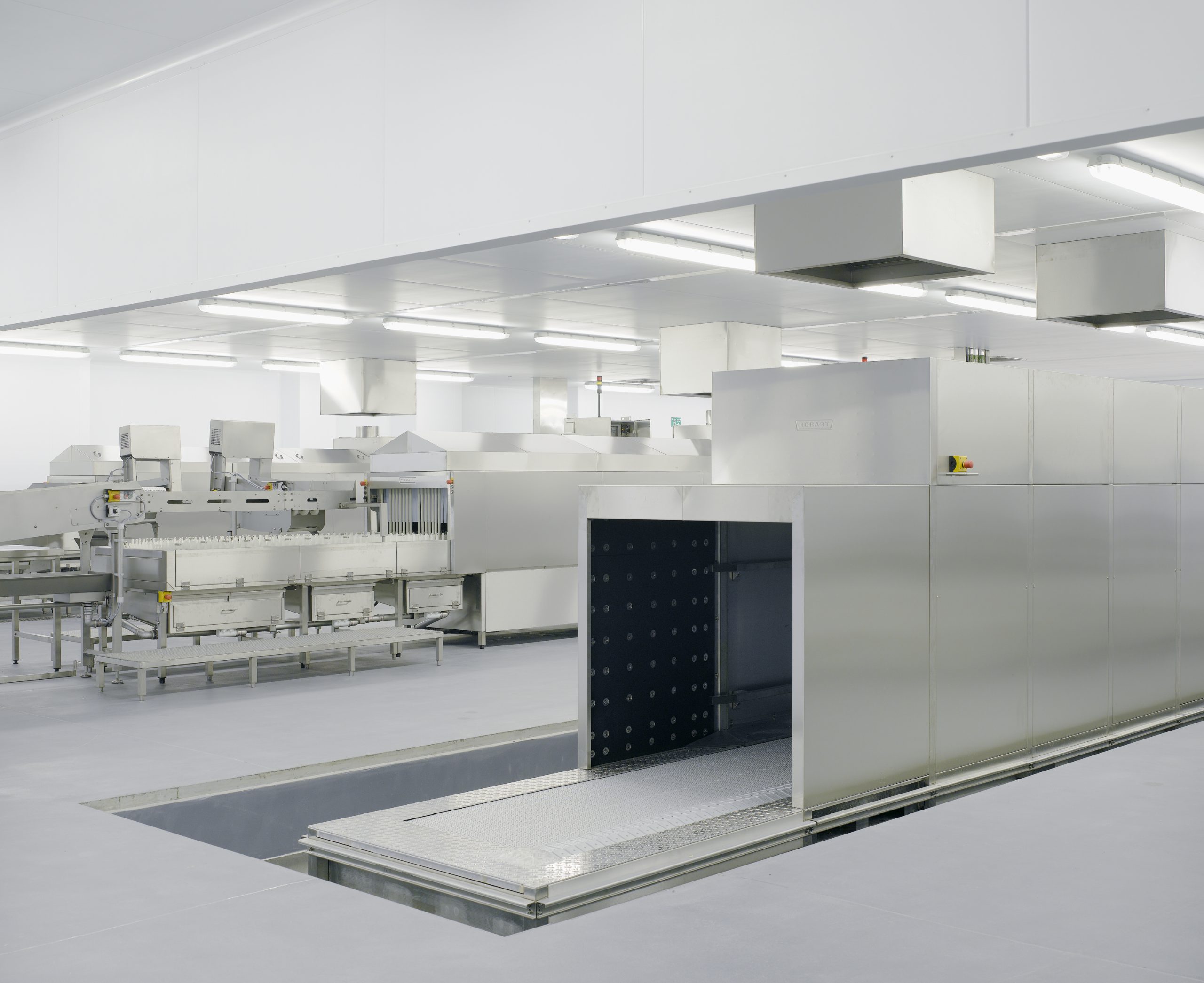
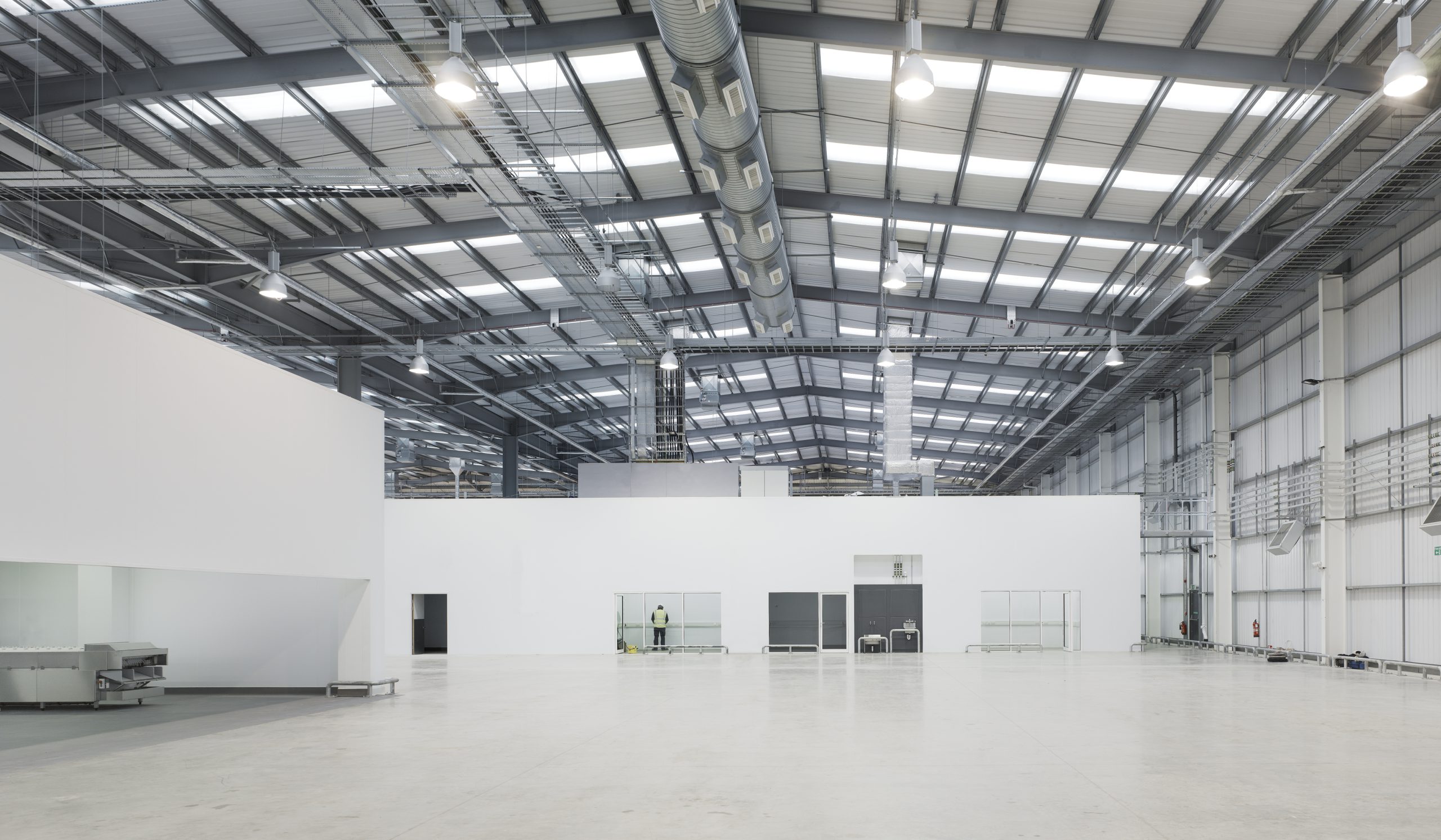
The objective was to construct as little as possible, thus retaining optimum flexibility for a business which operates in a rapidly changing market.
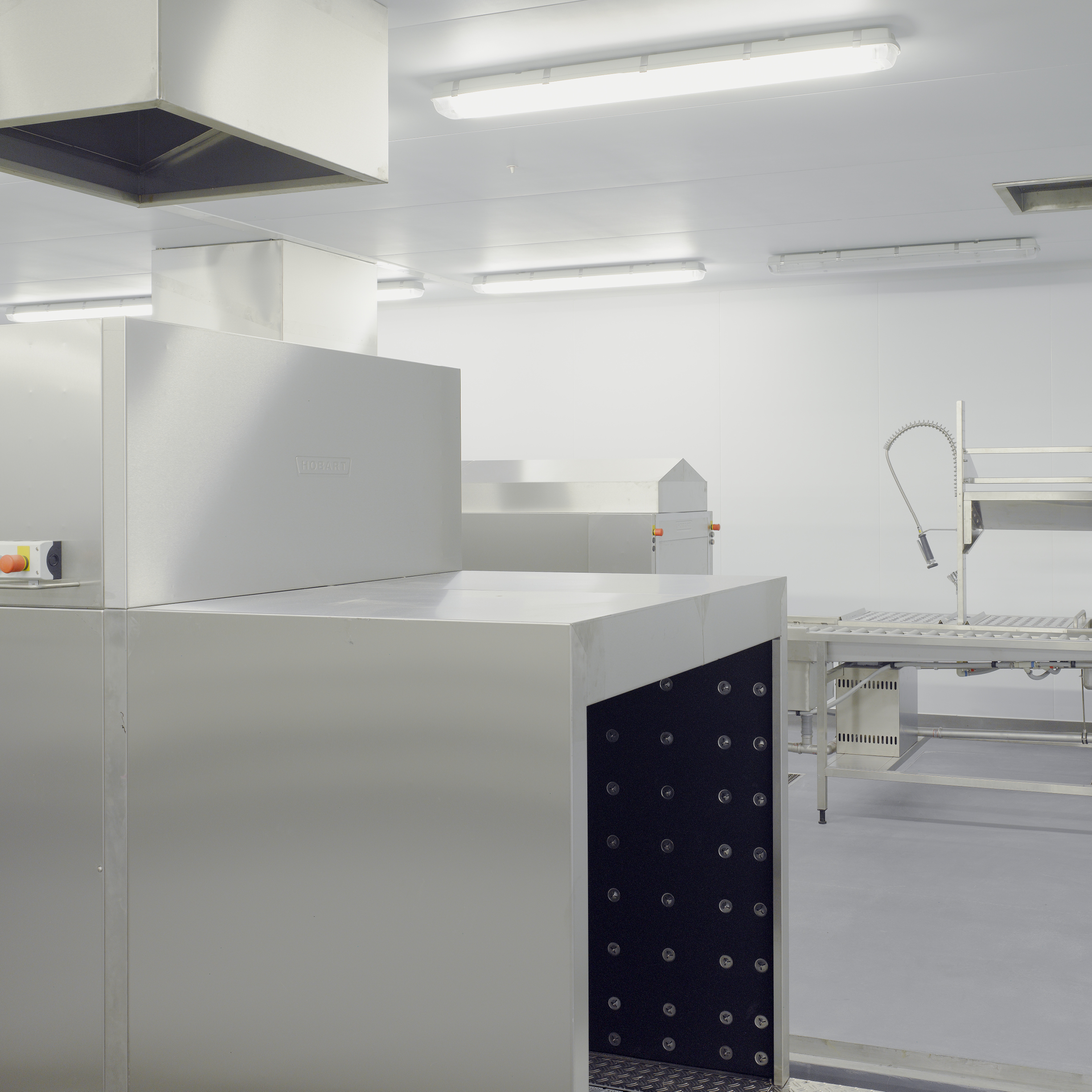
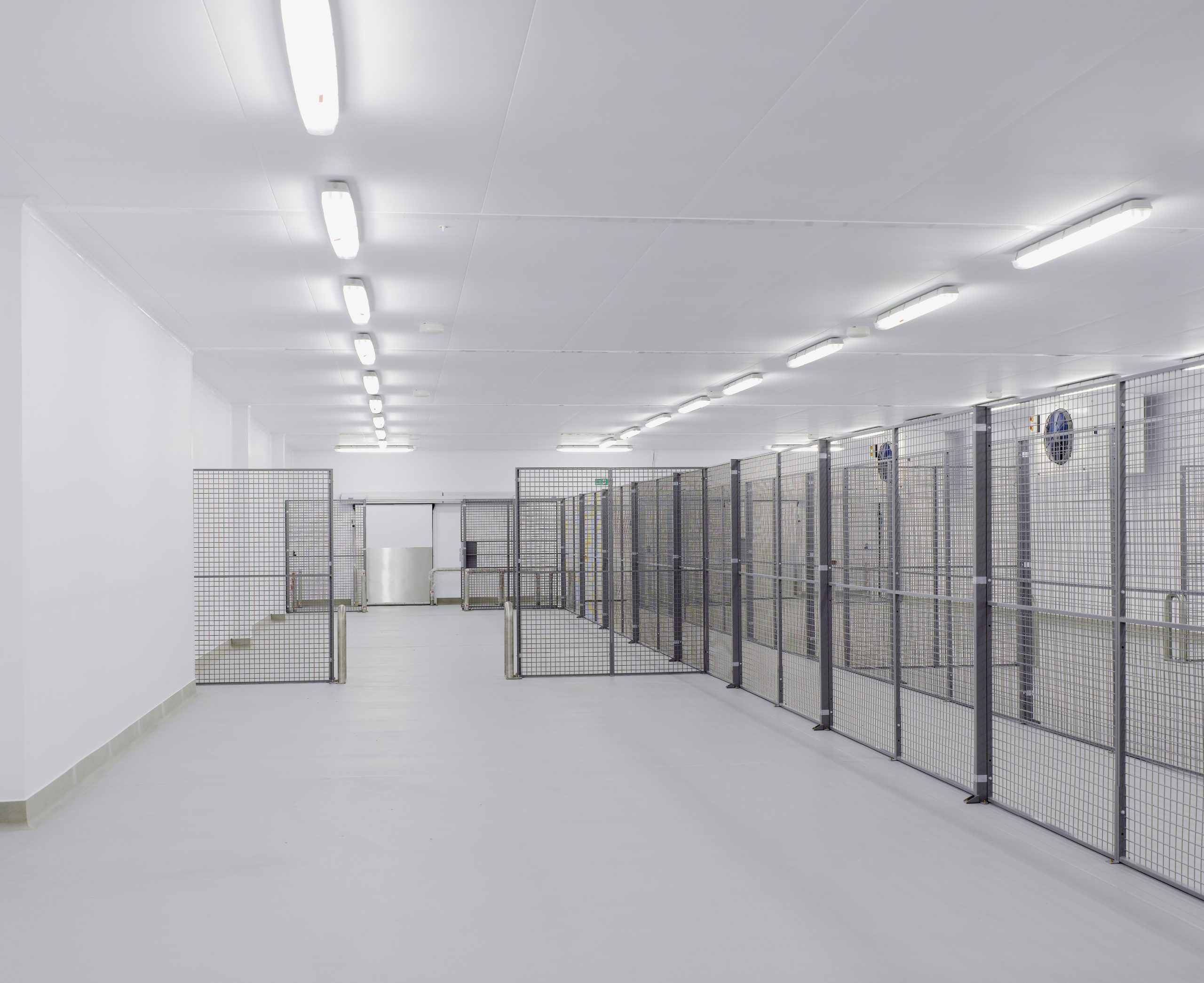
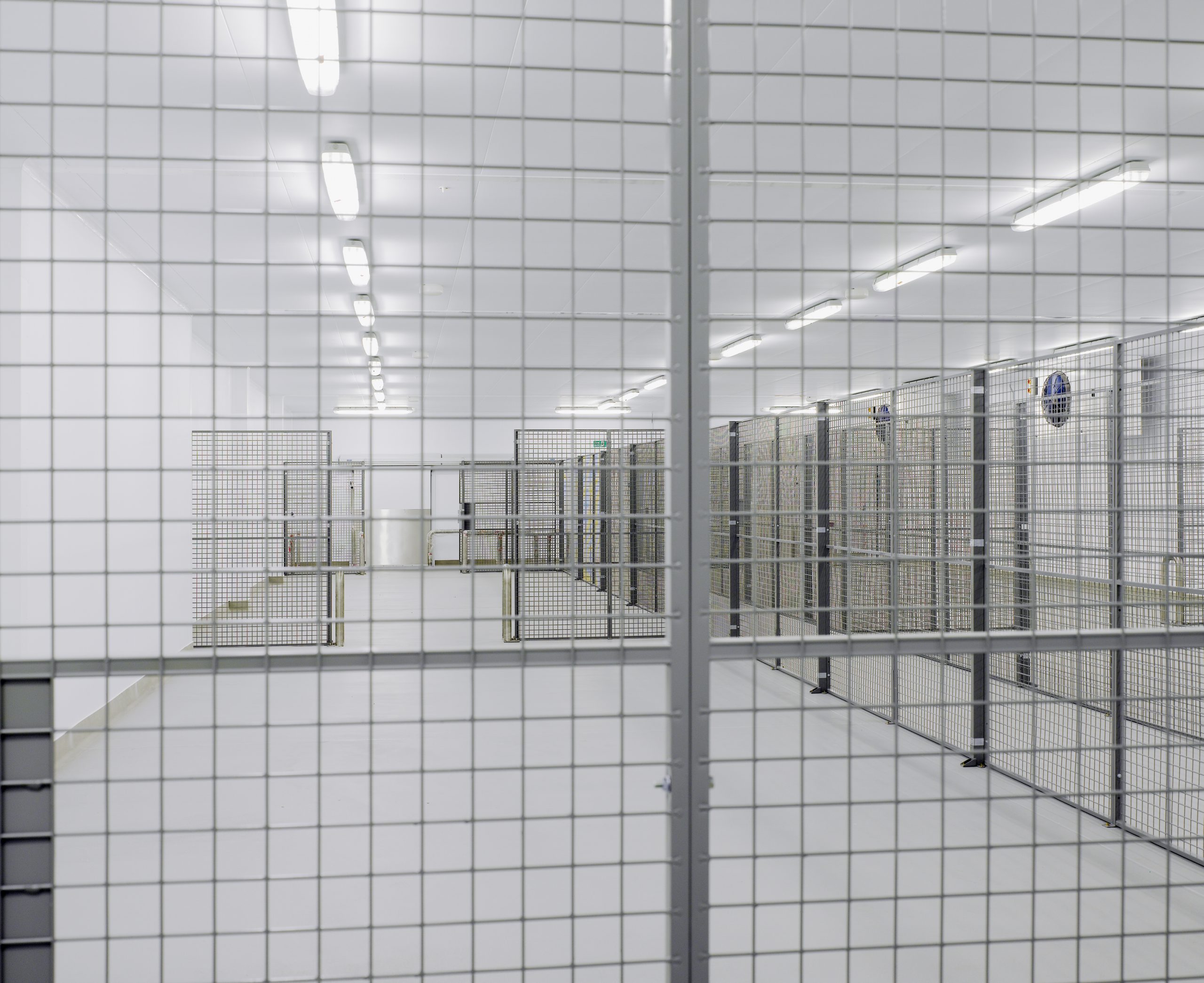
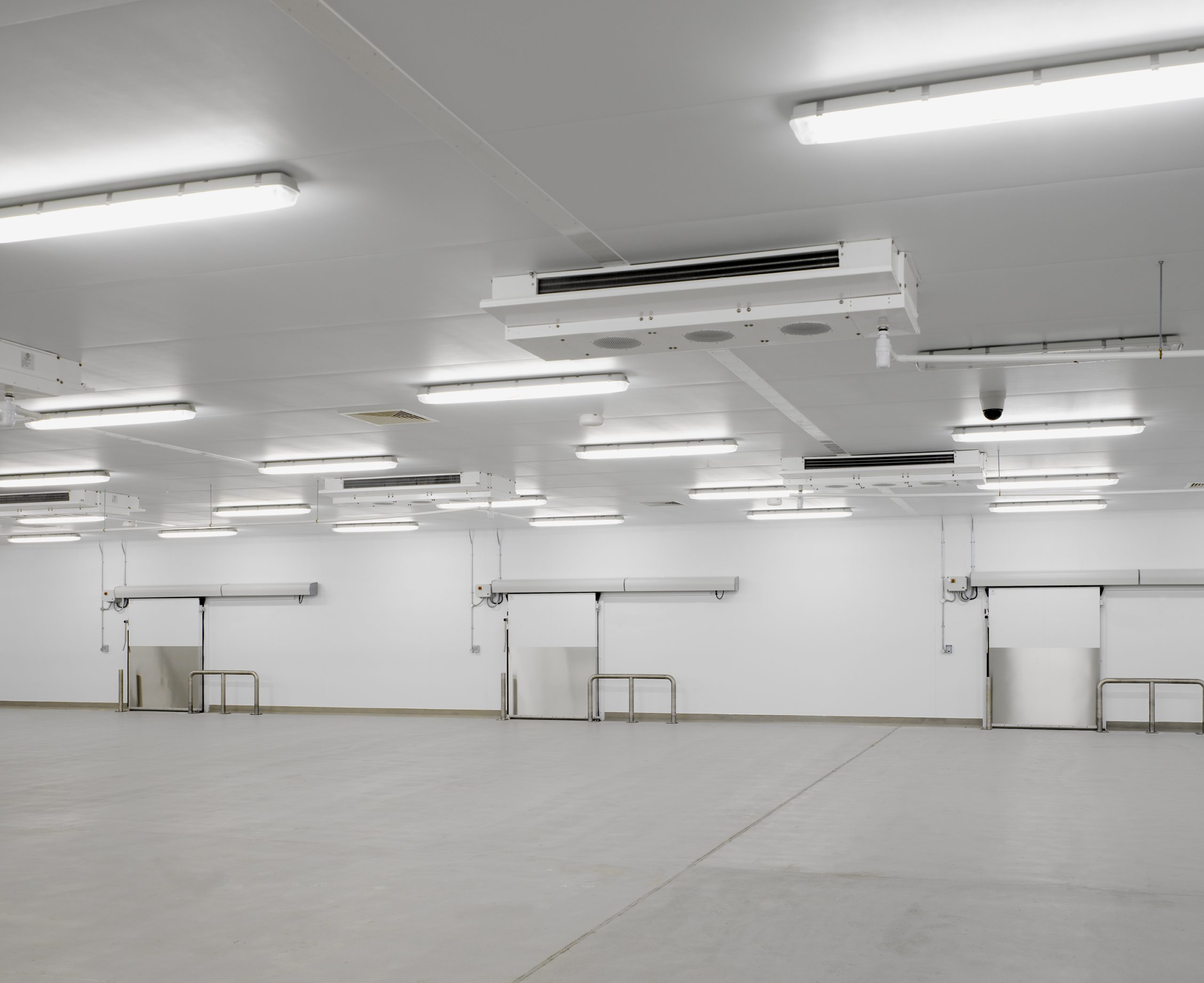
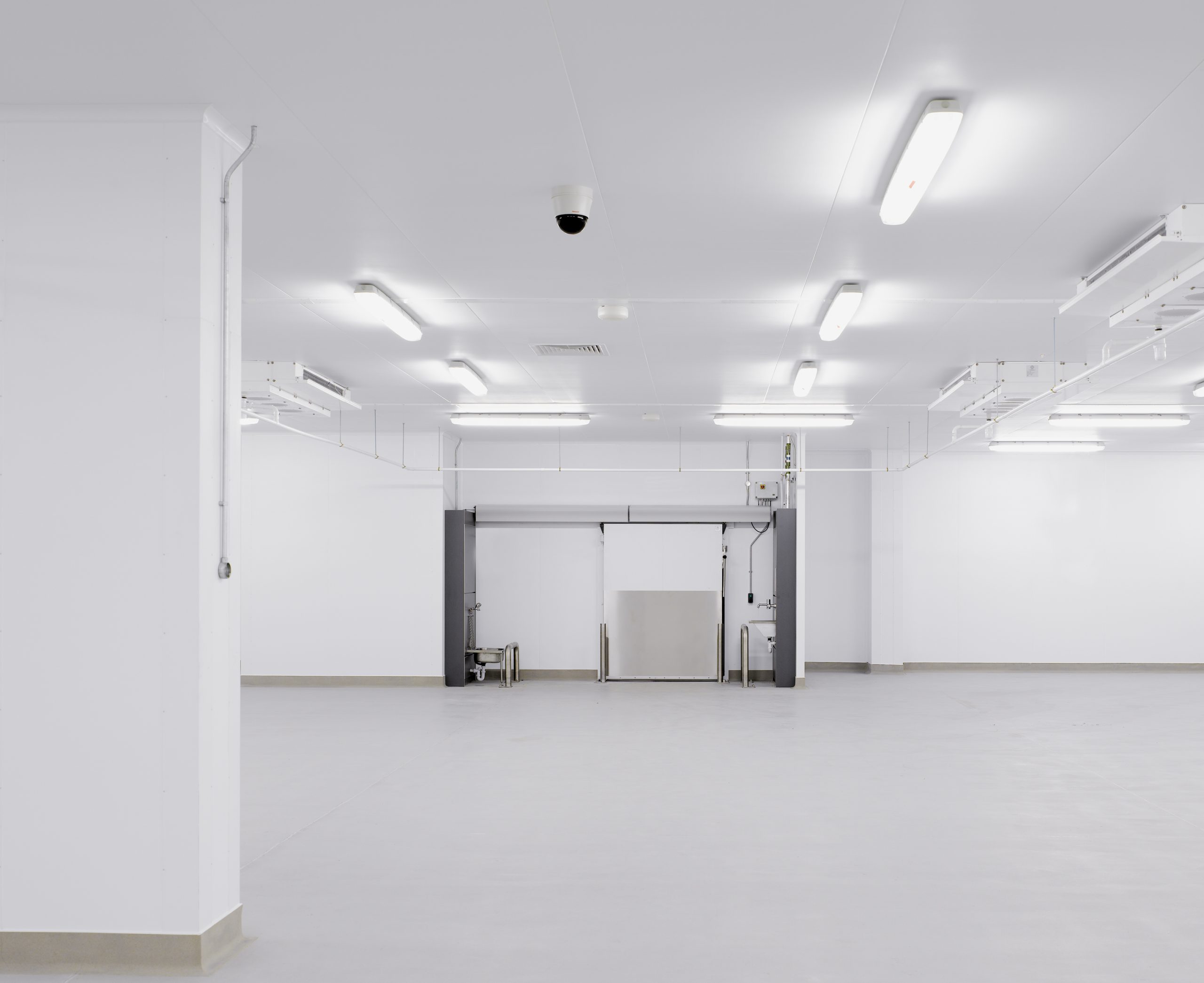
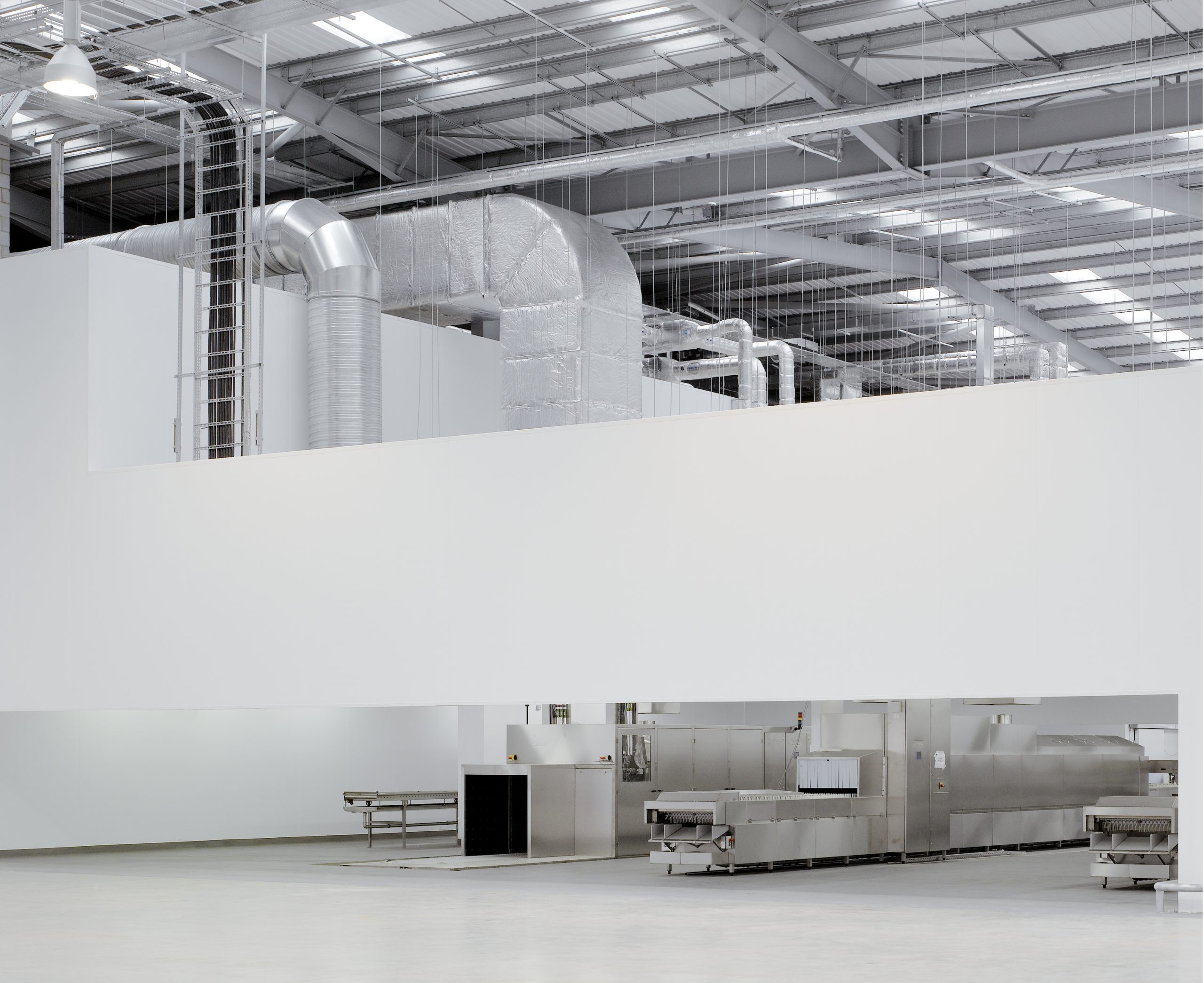
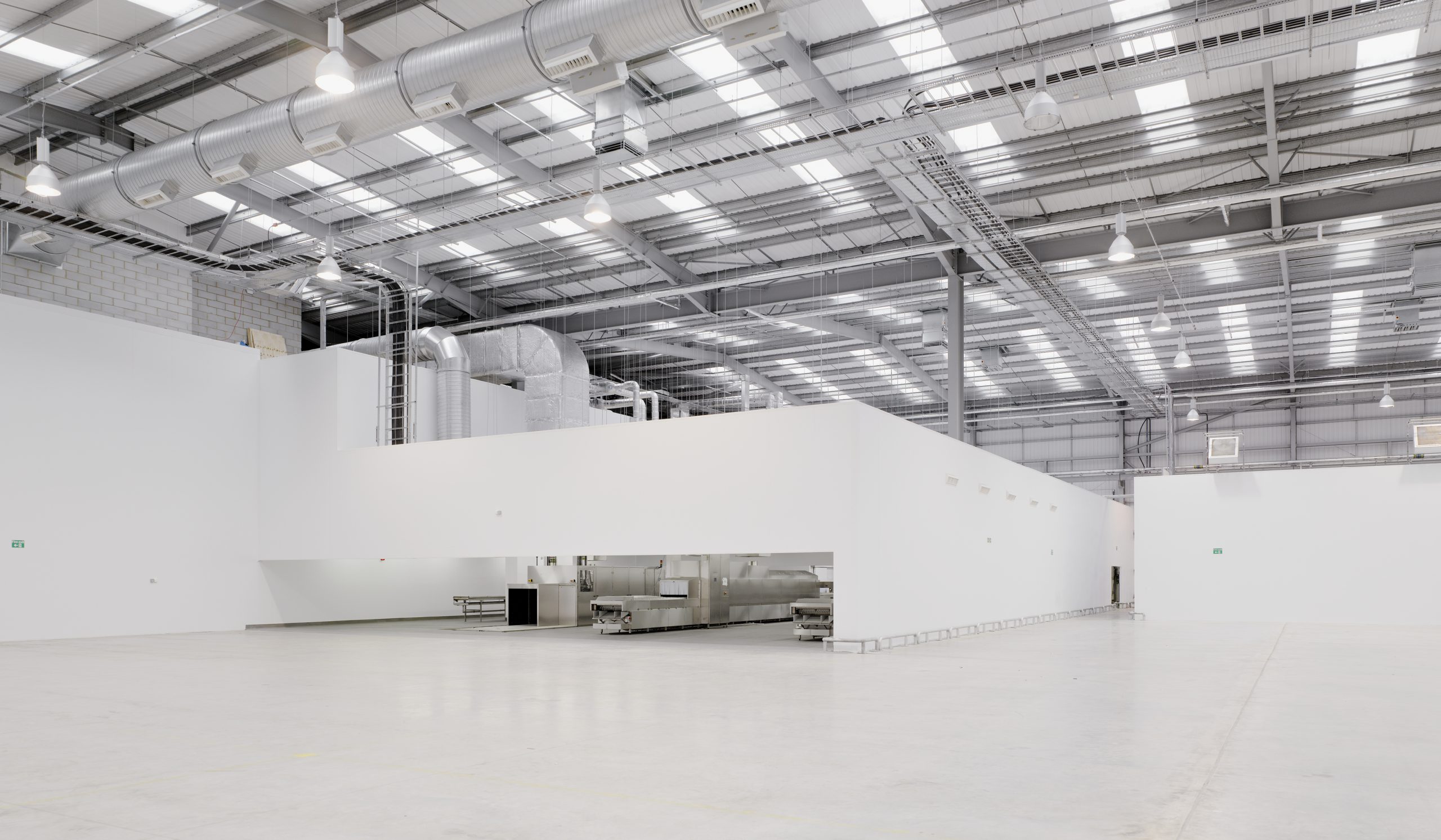
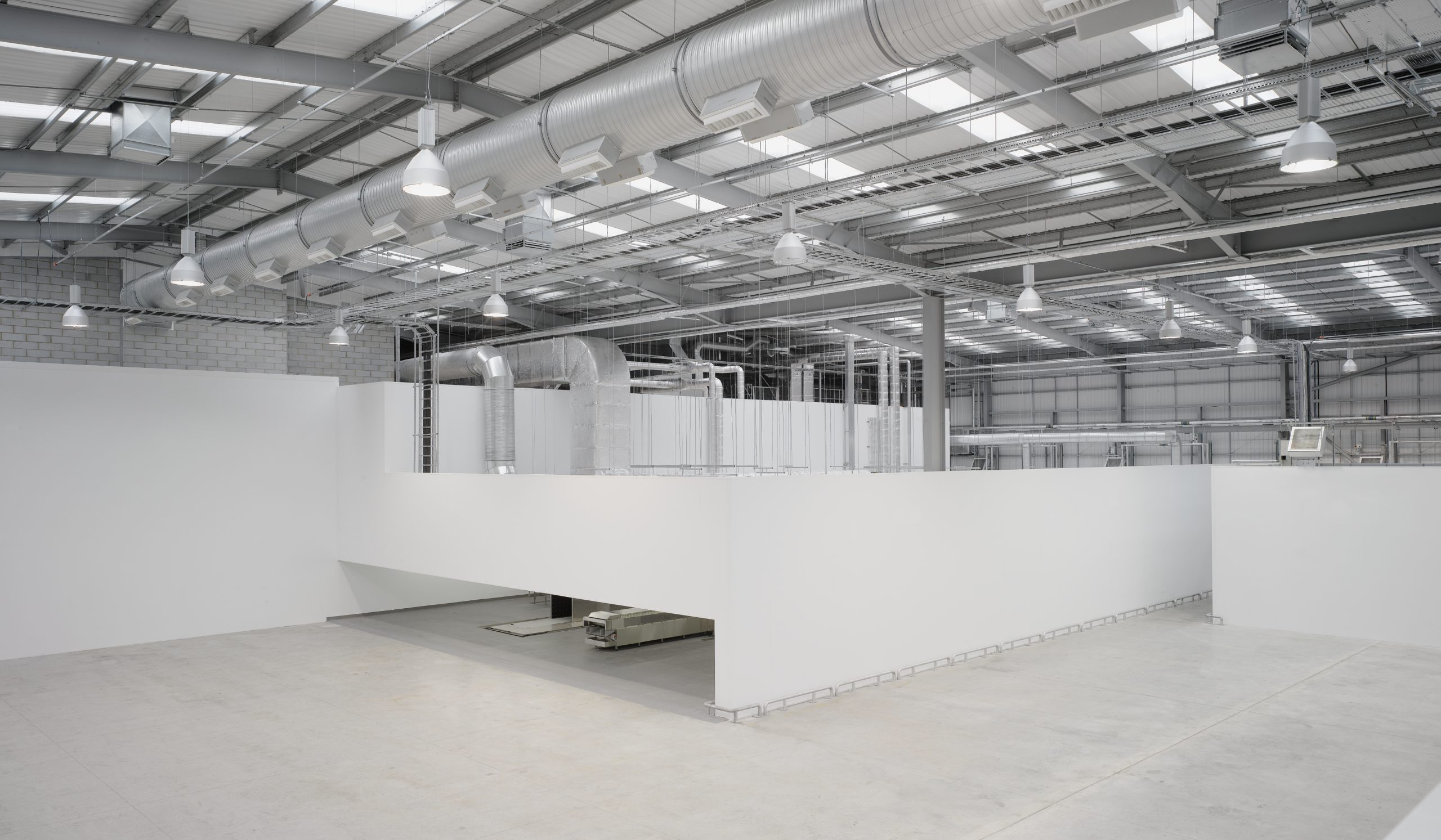
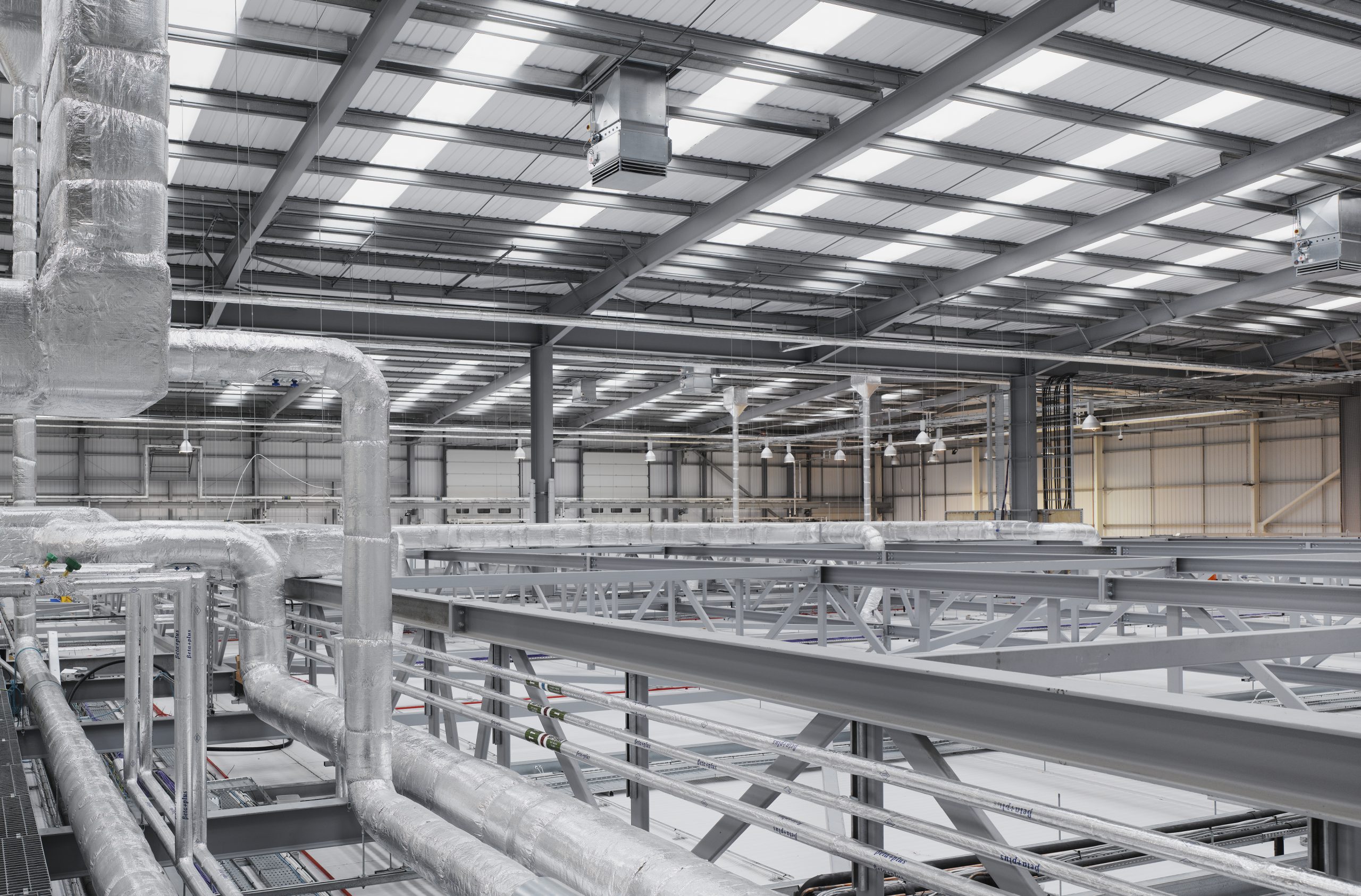
The ergonomics of specific aspects of the process were looked at in detail, ranging from the optimisation of Inter-Departmental Process Flow and the Chill Chain to the detailed design of specific components such as Hygiene Stations and Compactors.
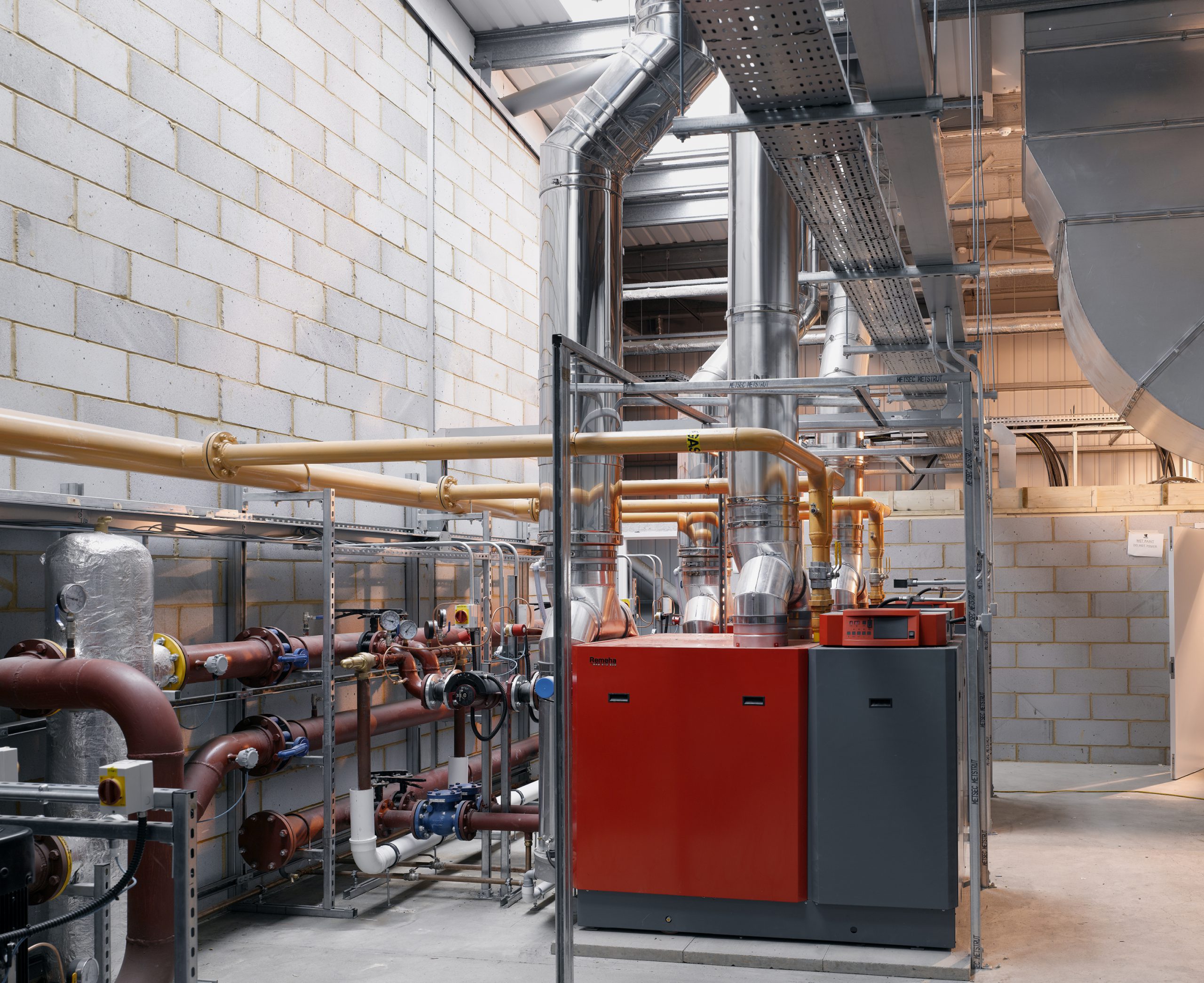
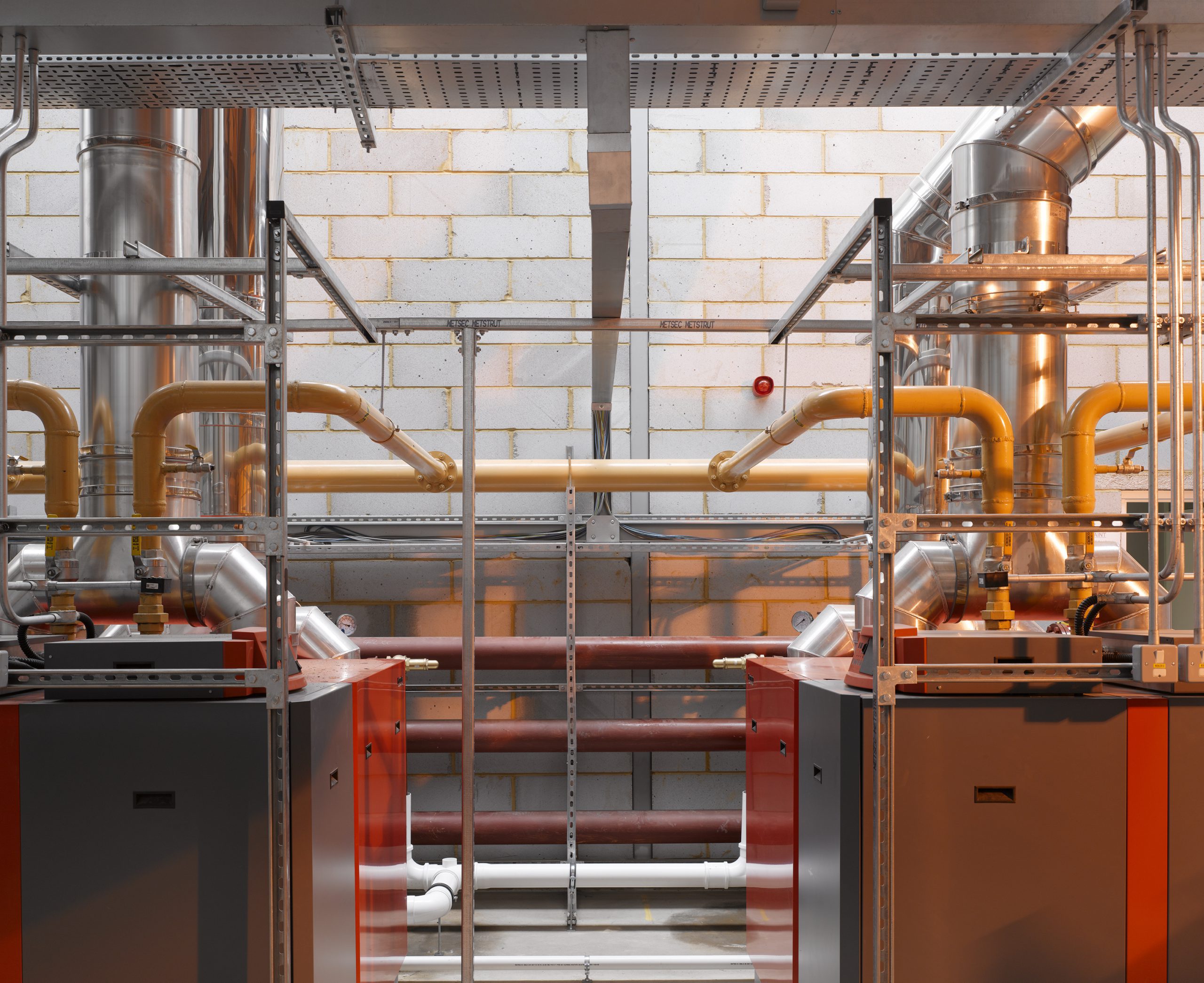
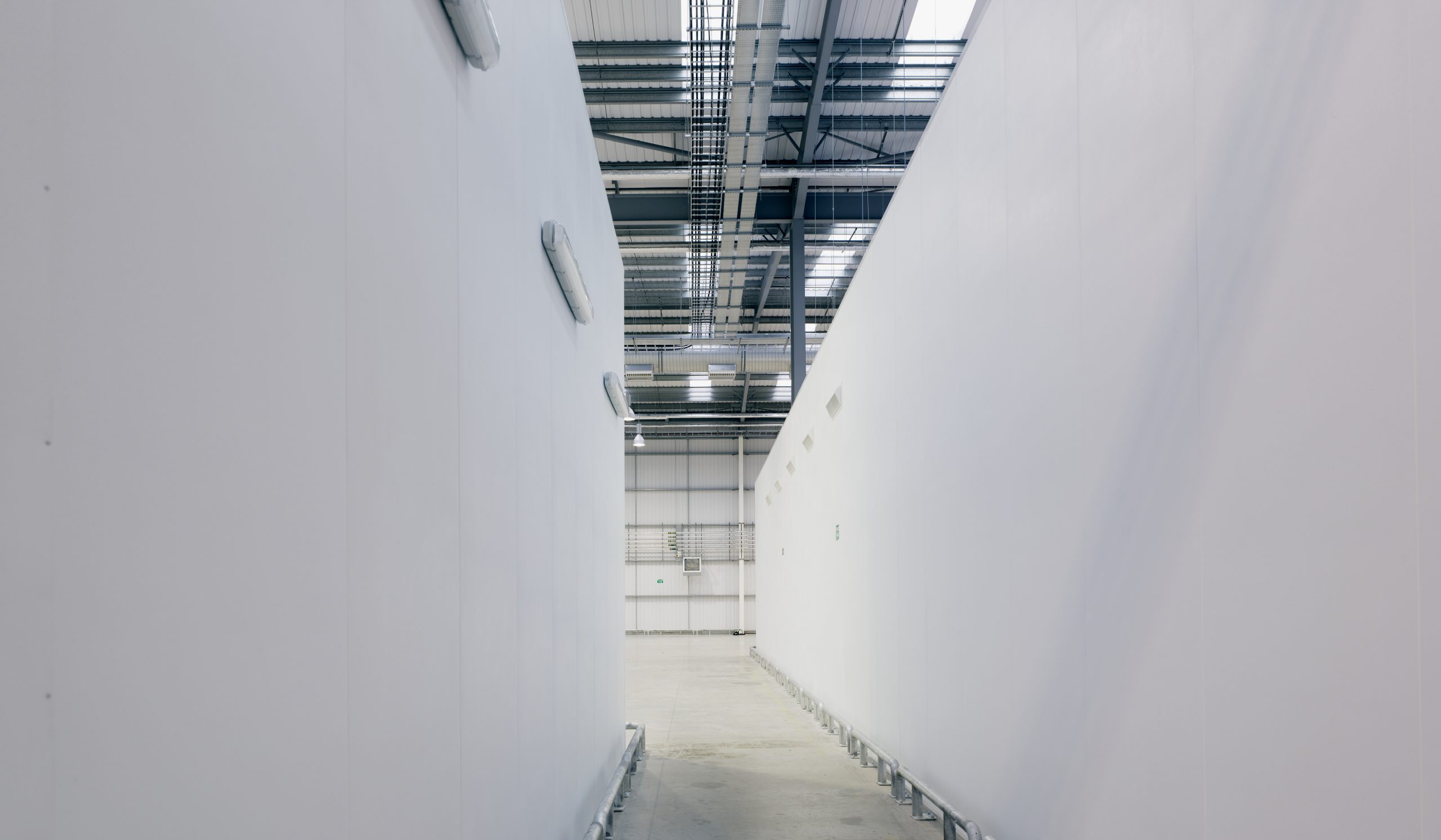
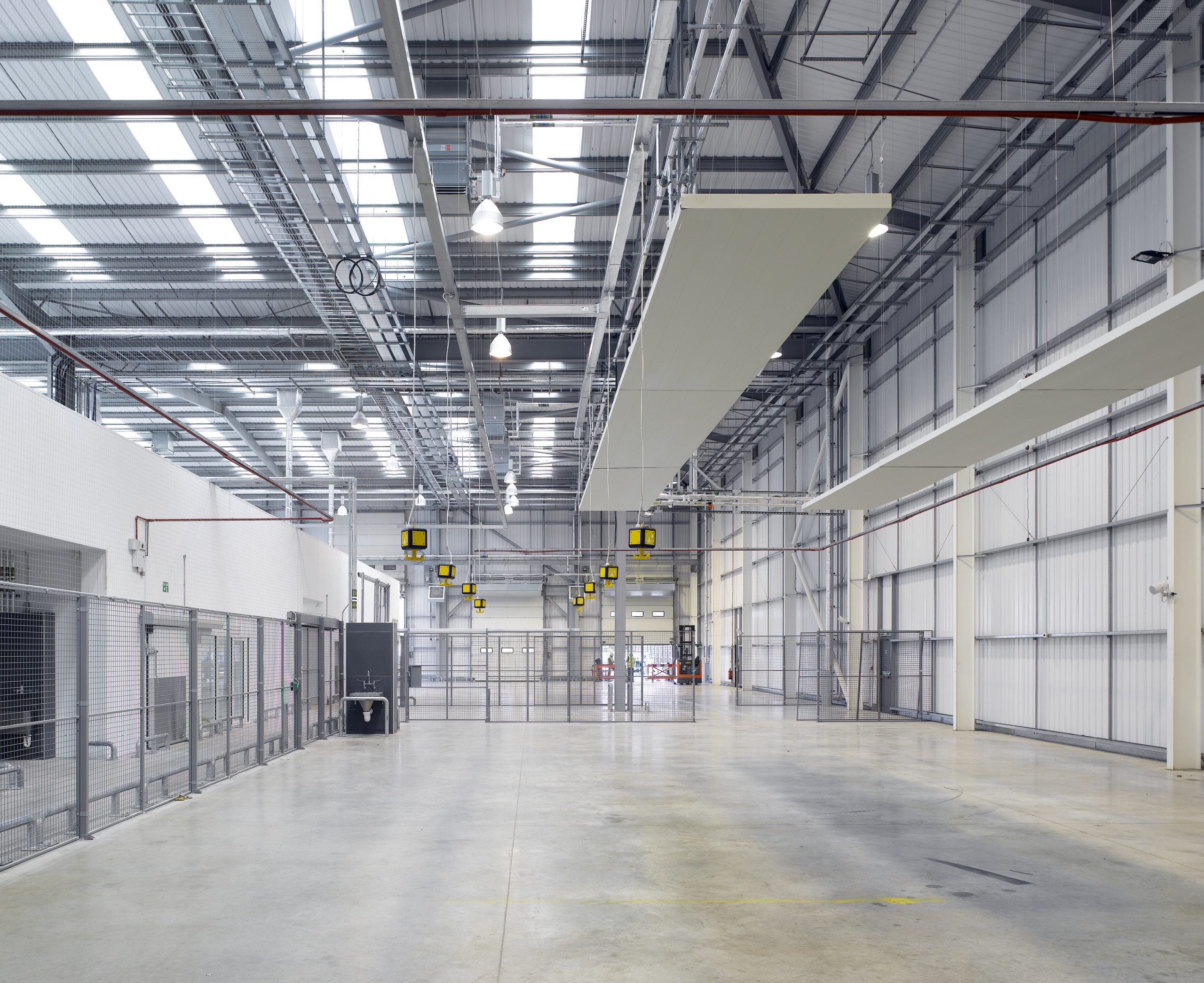
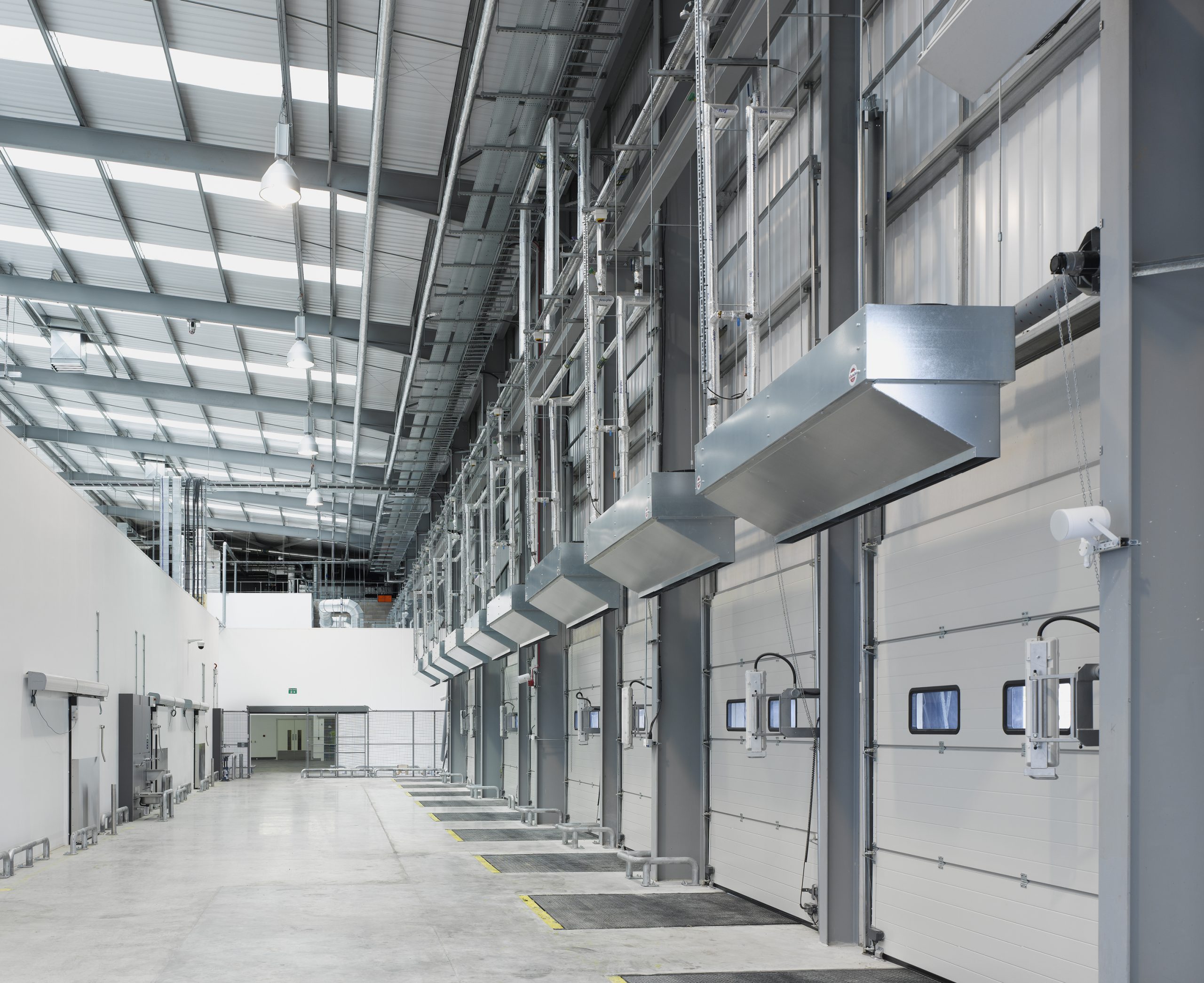
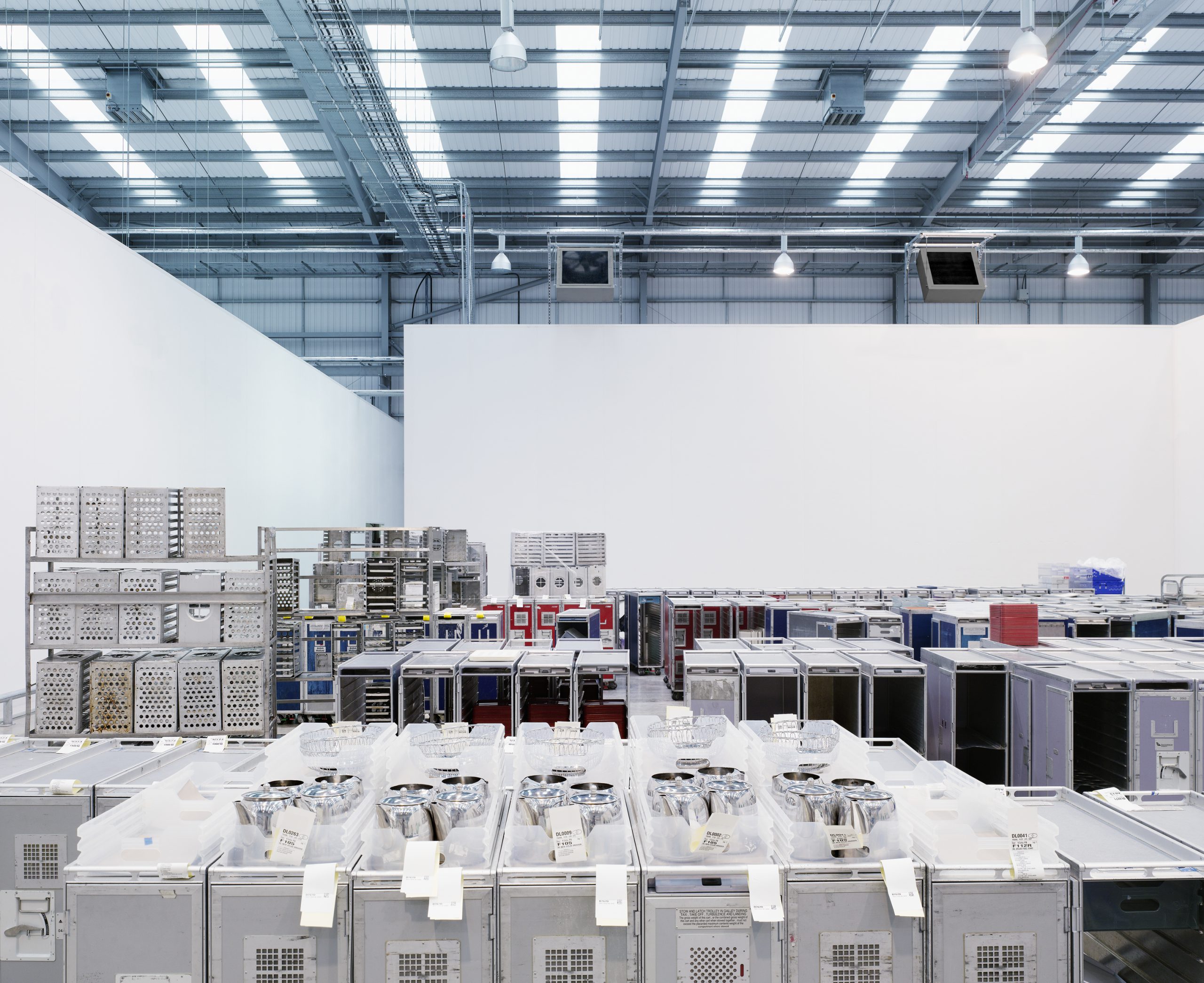
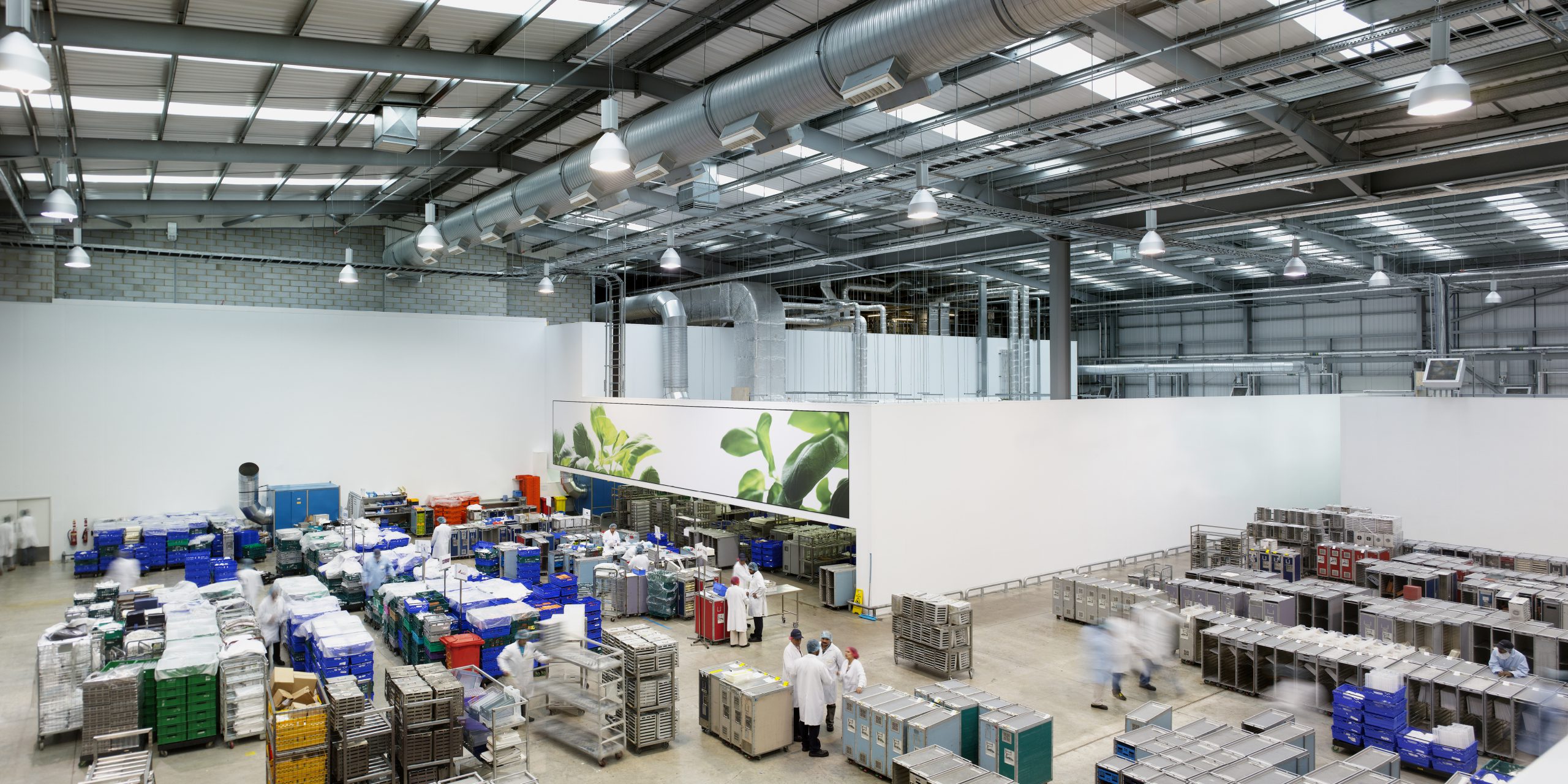
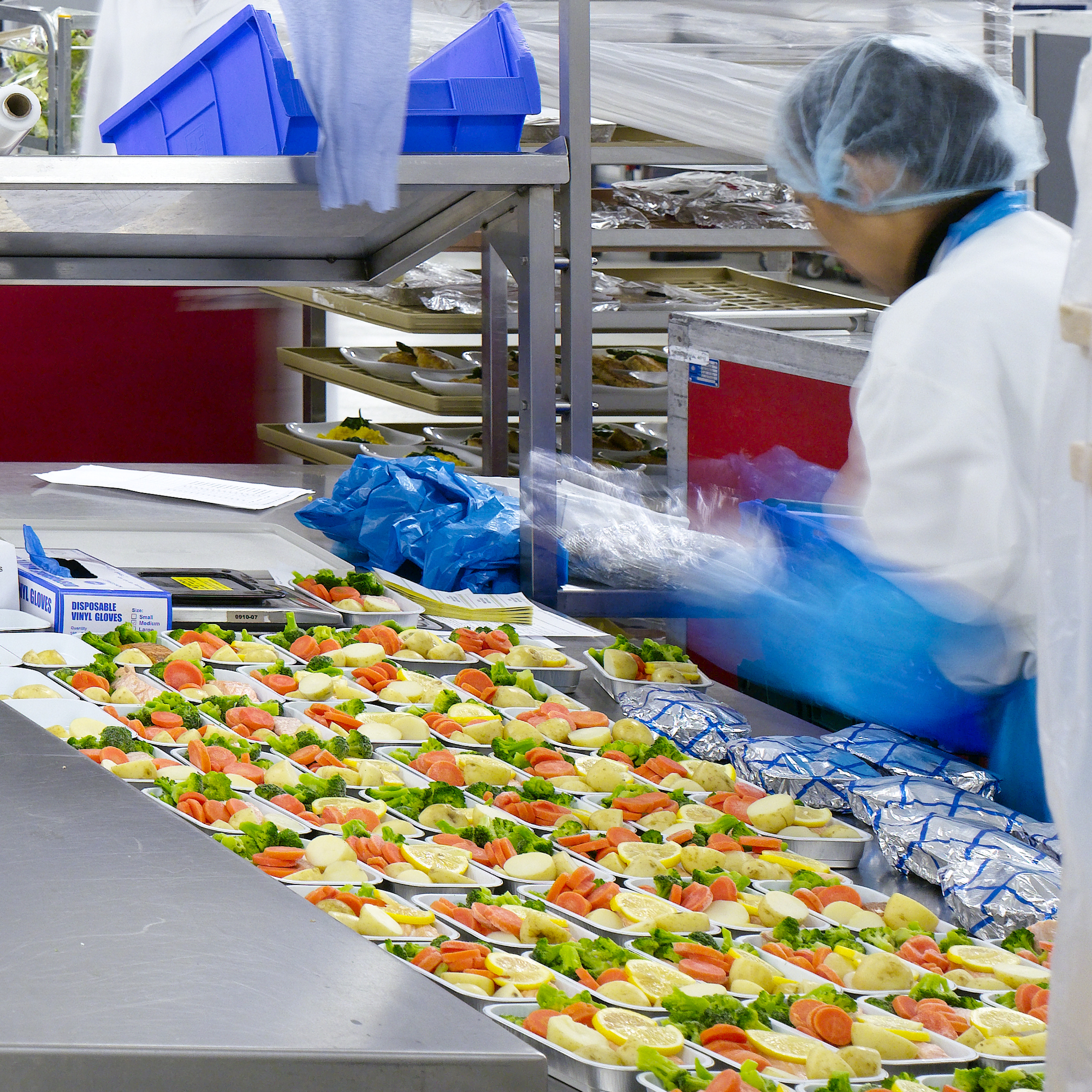
Robust integrated solutions with Engineered service performance requirements were allowed to drive the Architecture rather than the other way around.
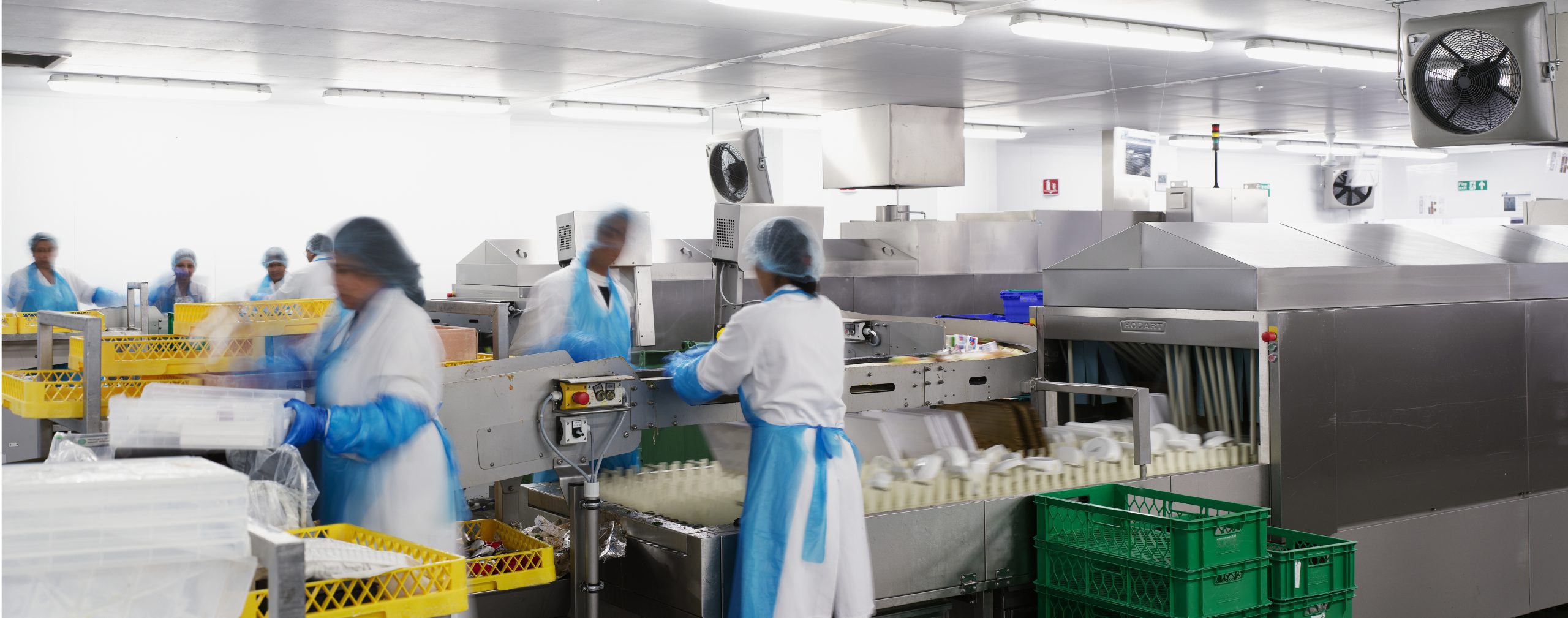
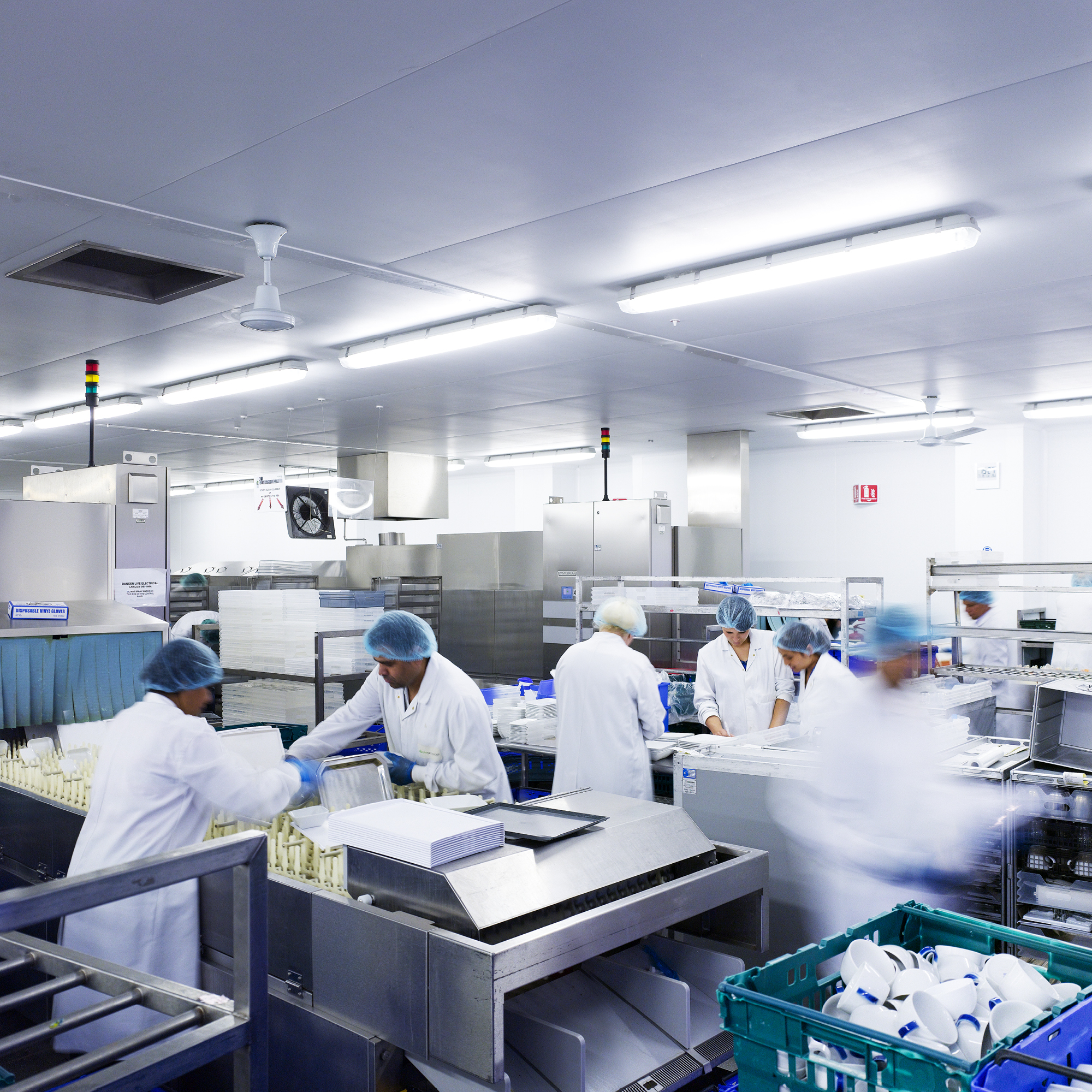
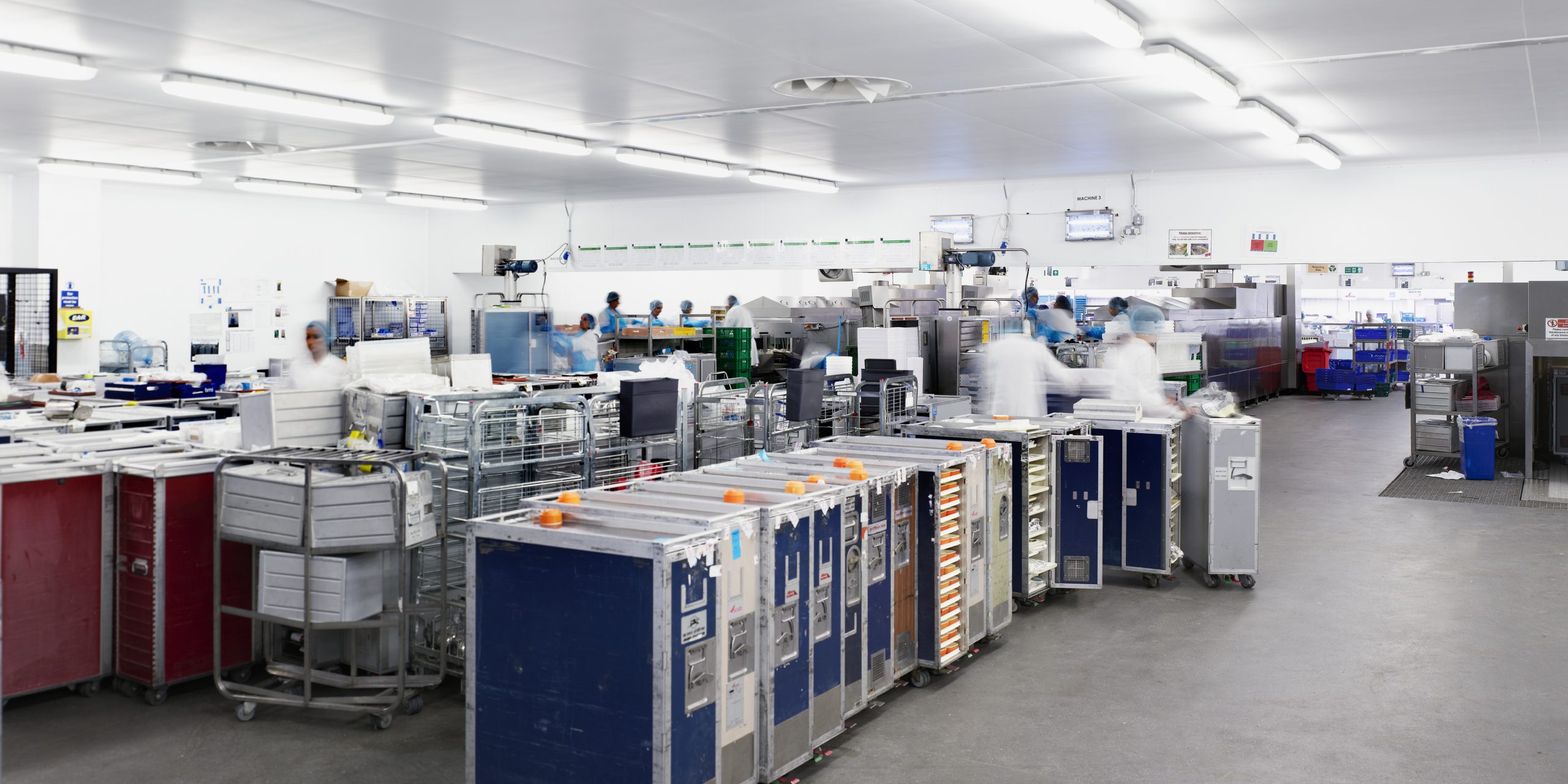
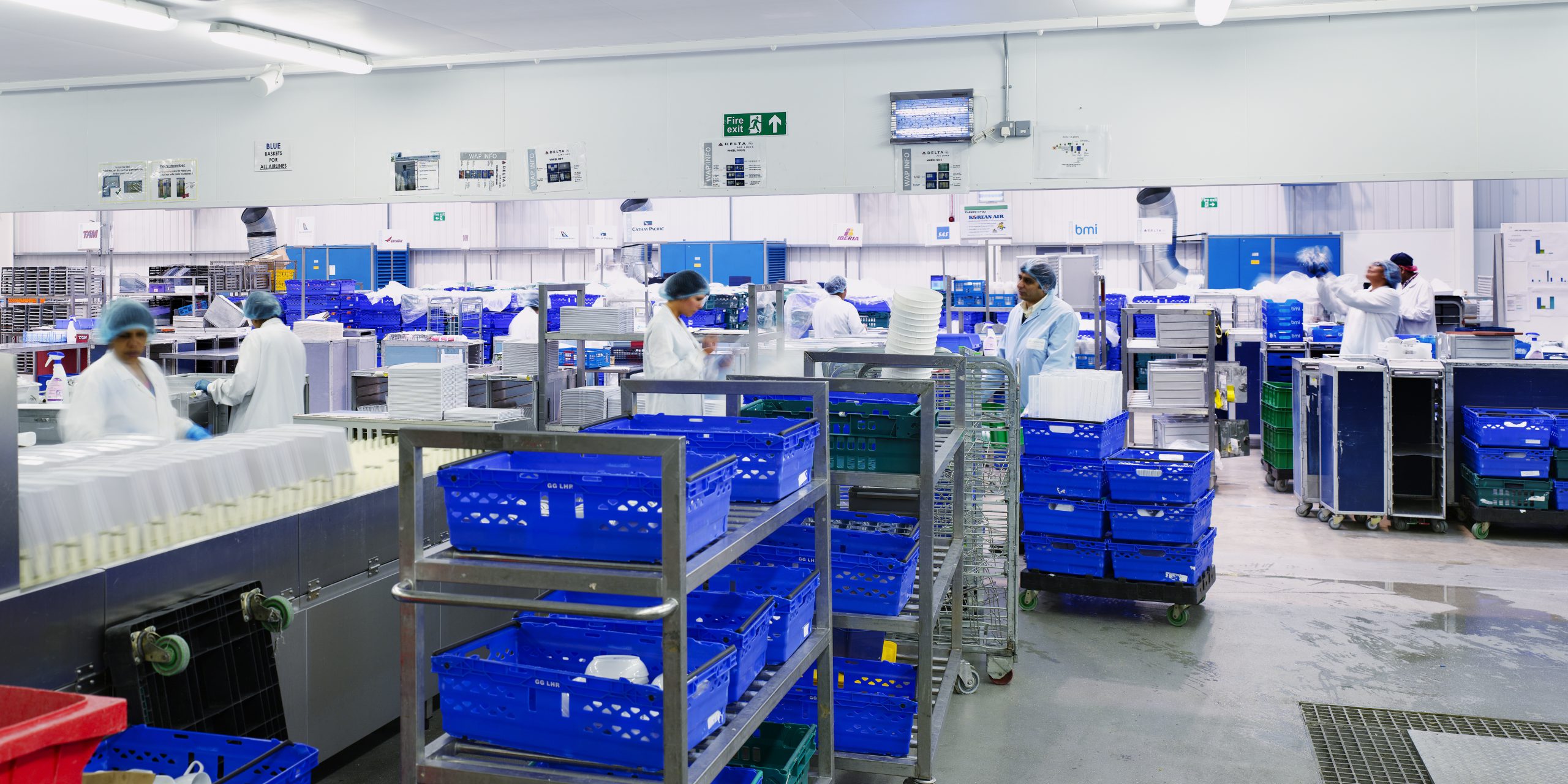
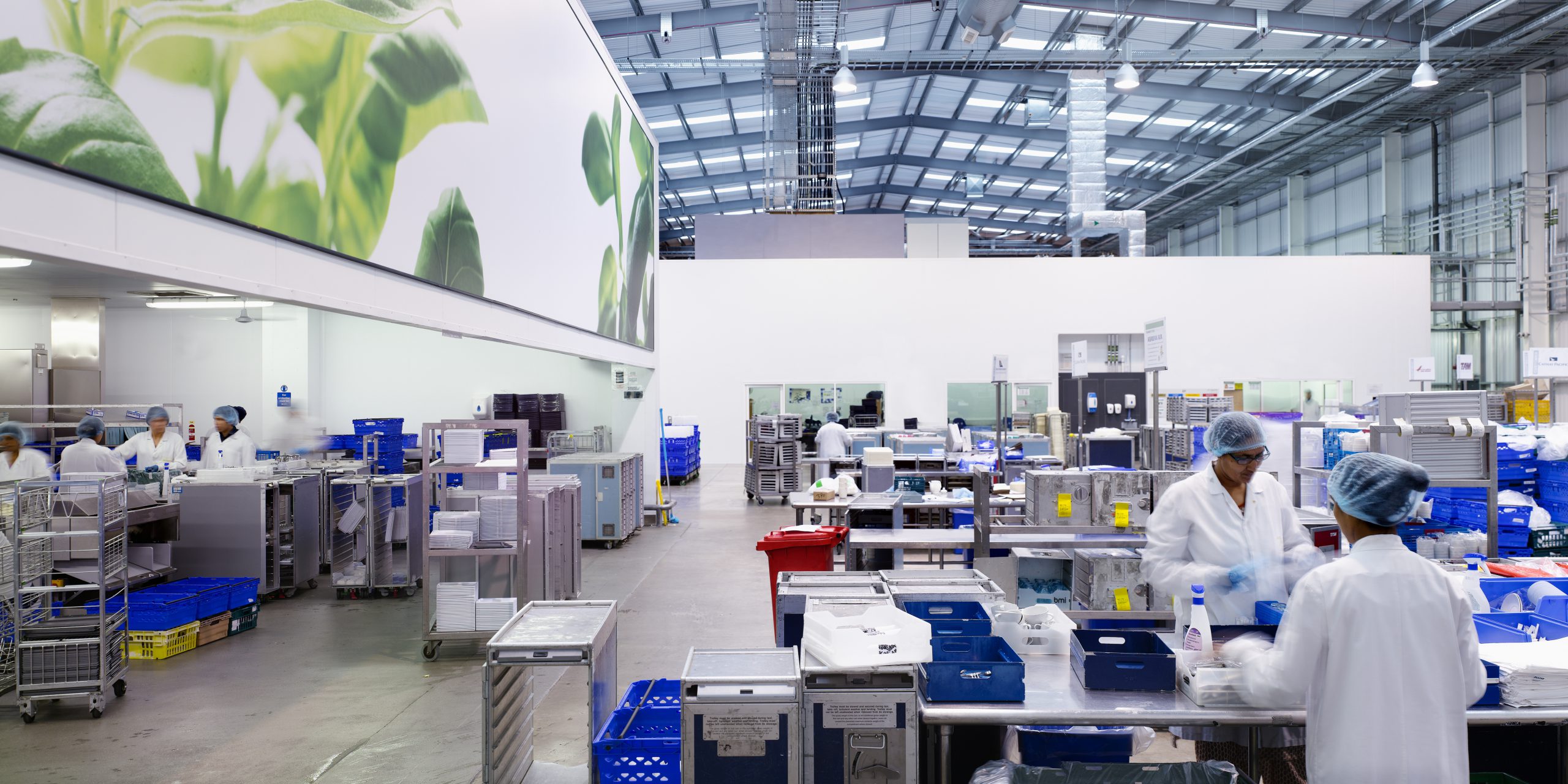
Ultimately the solution became an elegantly resolved diagram with reduced physical building works. Internal enclosure was only created where there was a performance requirement from servicing such as steam containment or cooling, or for specific functions such as offices.
